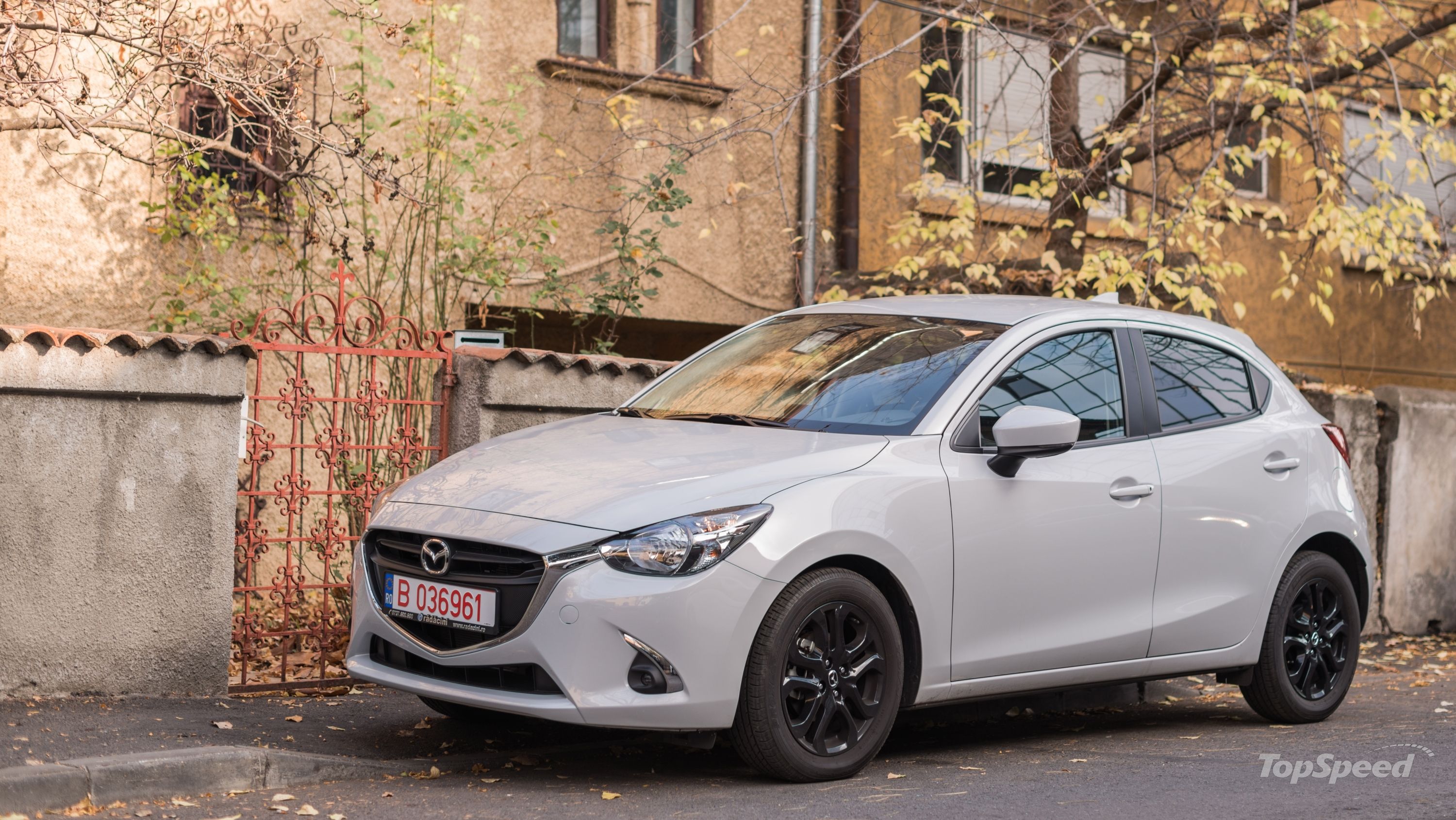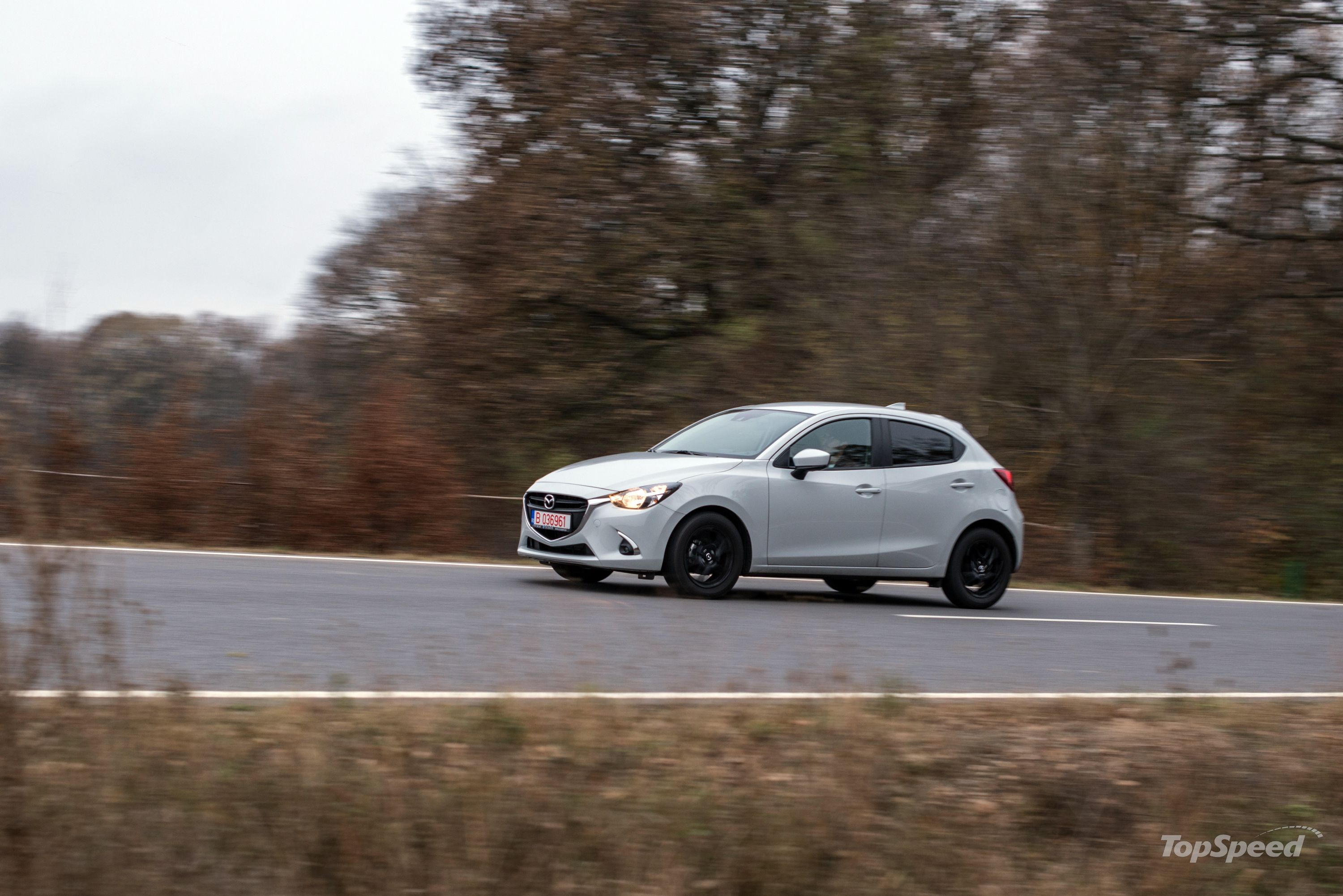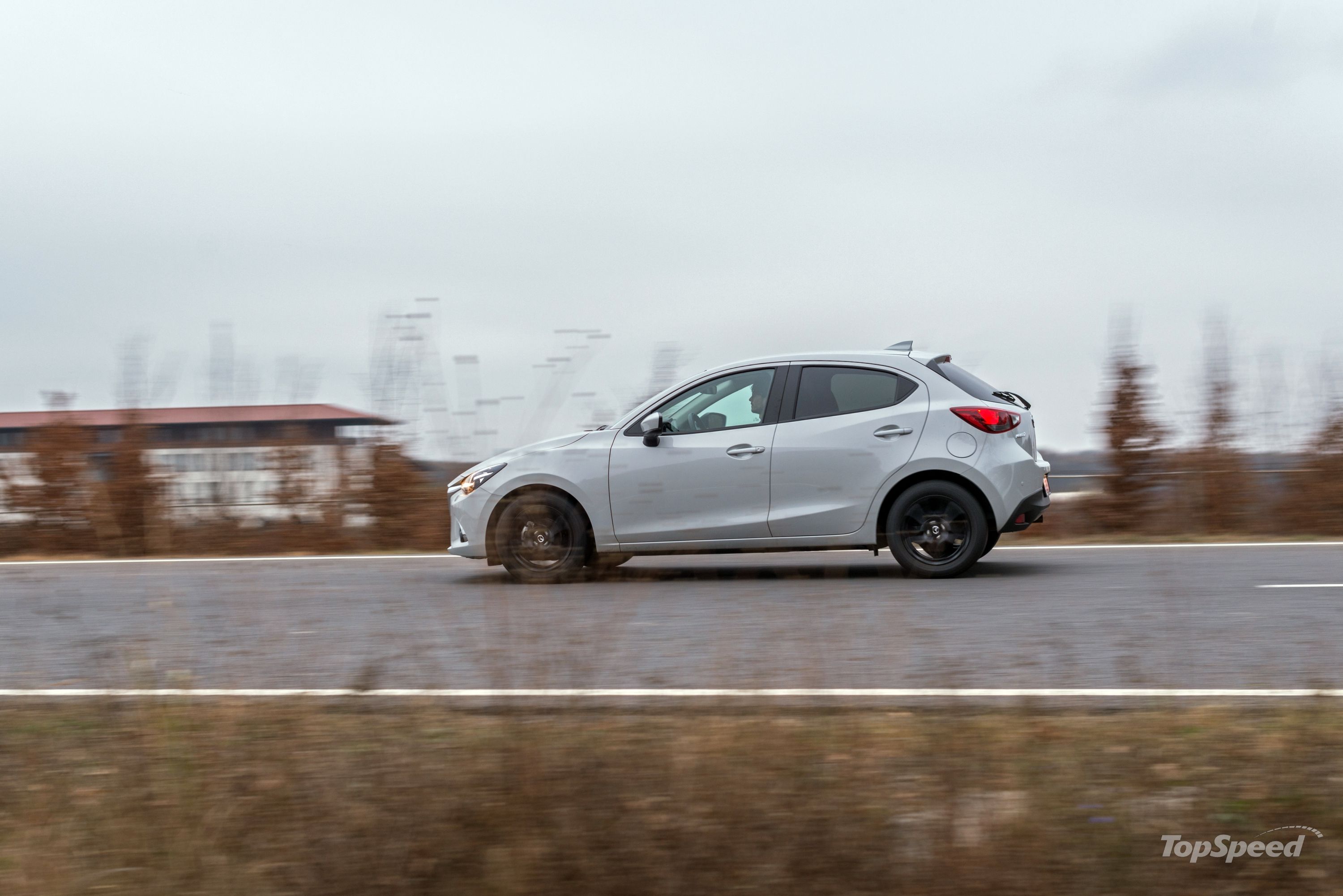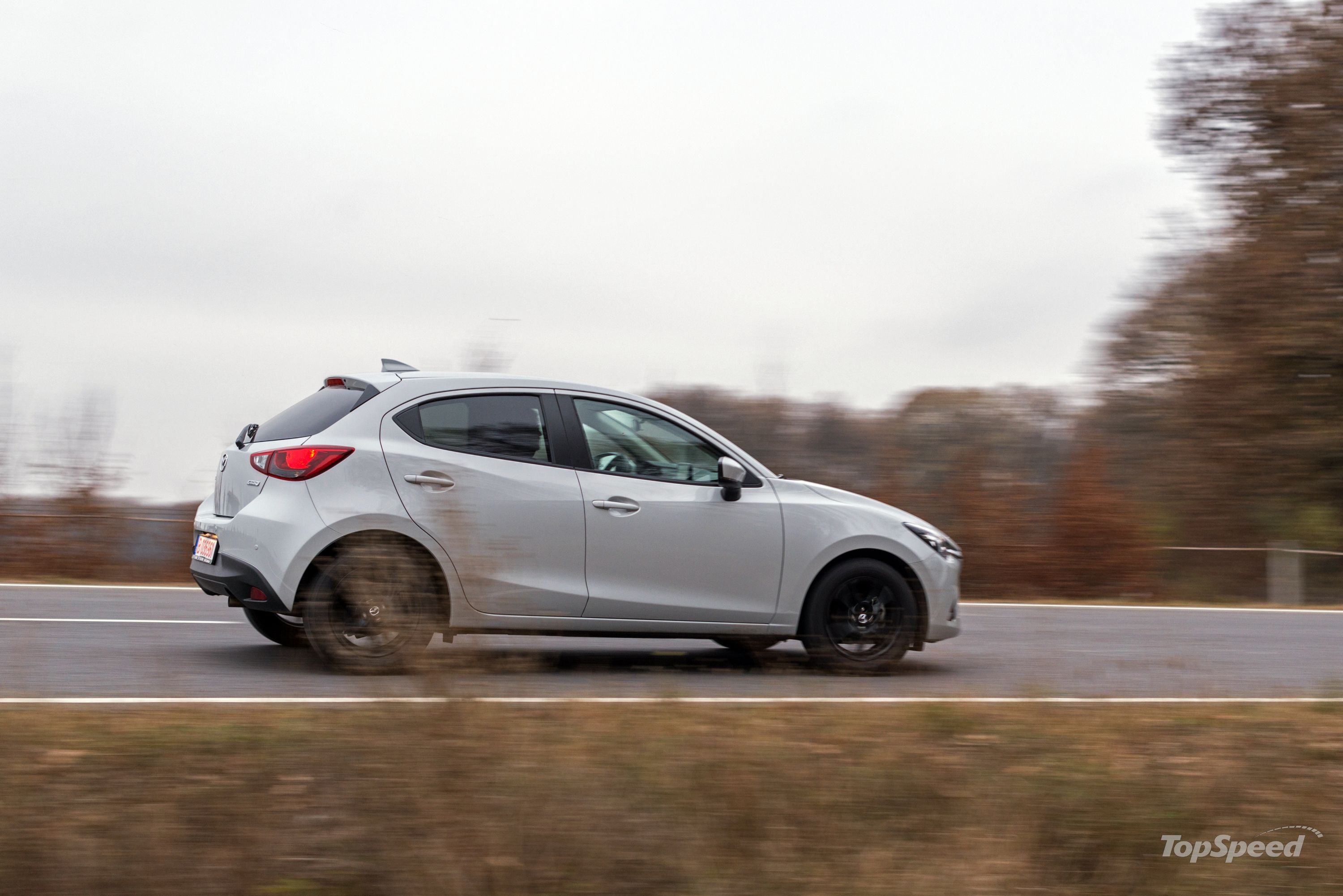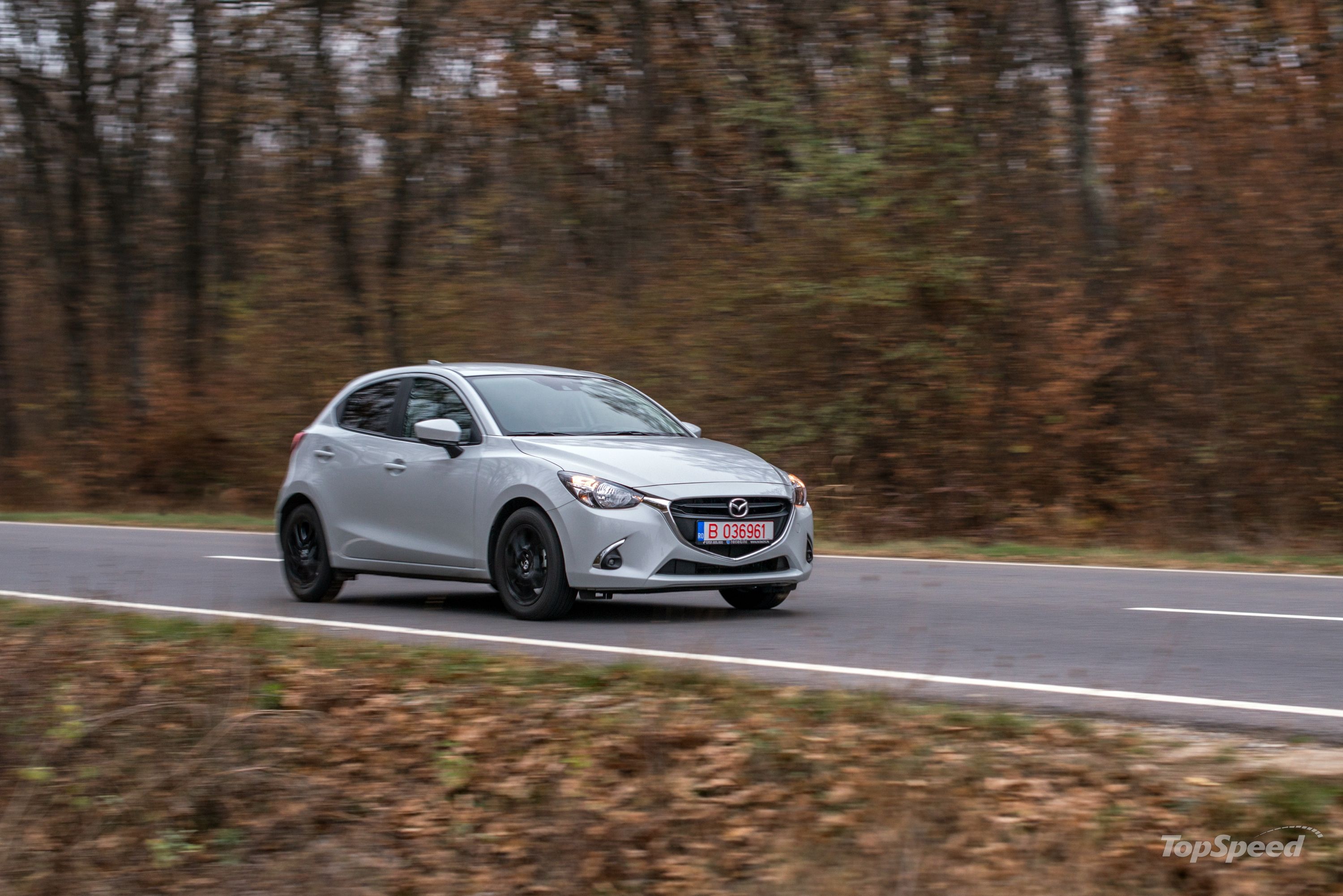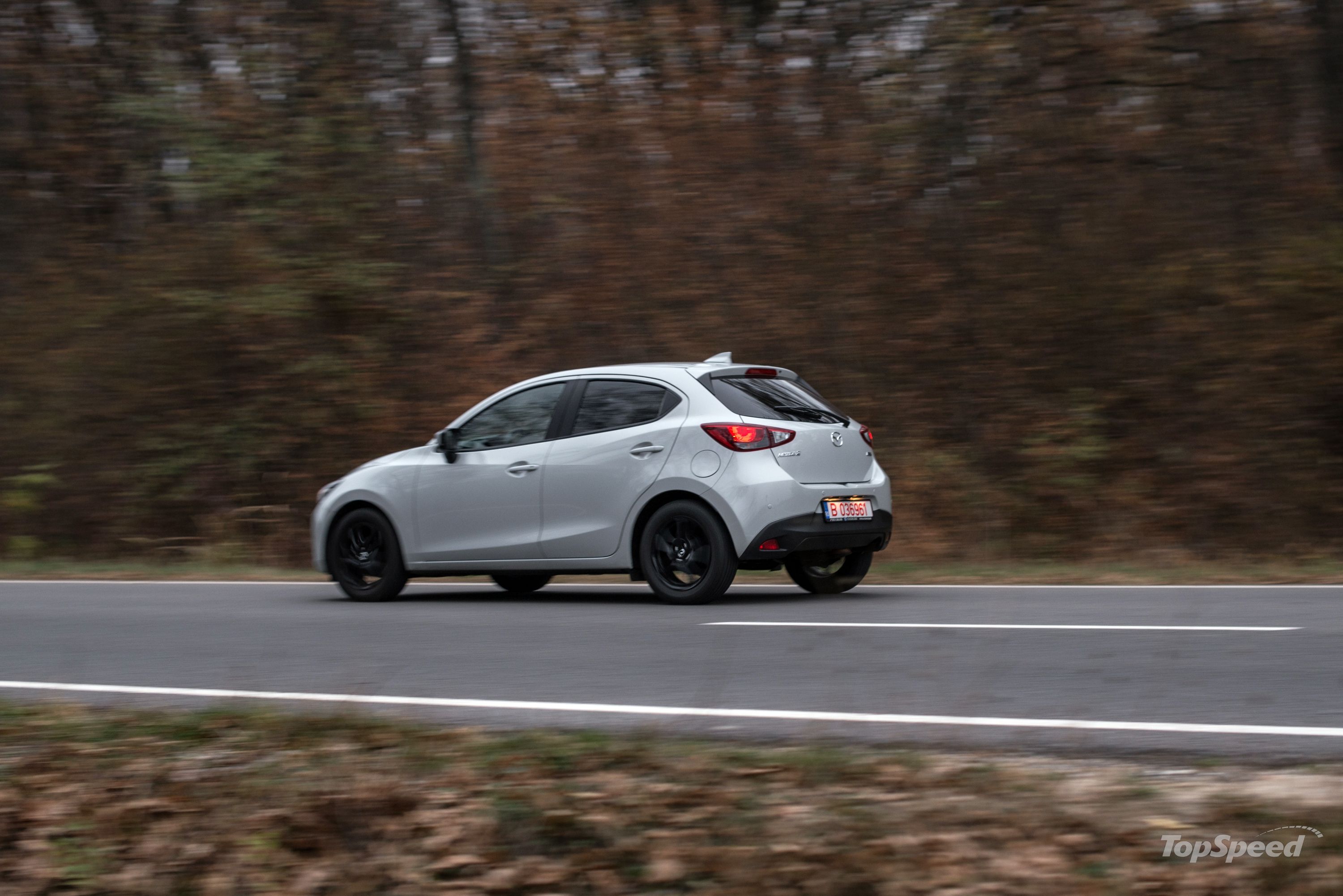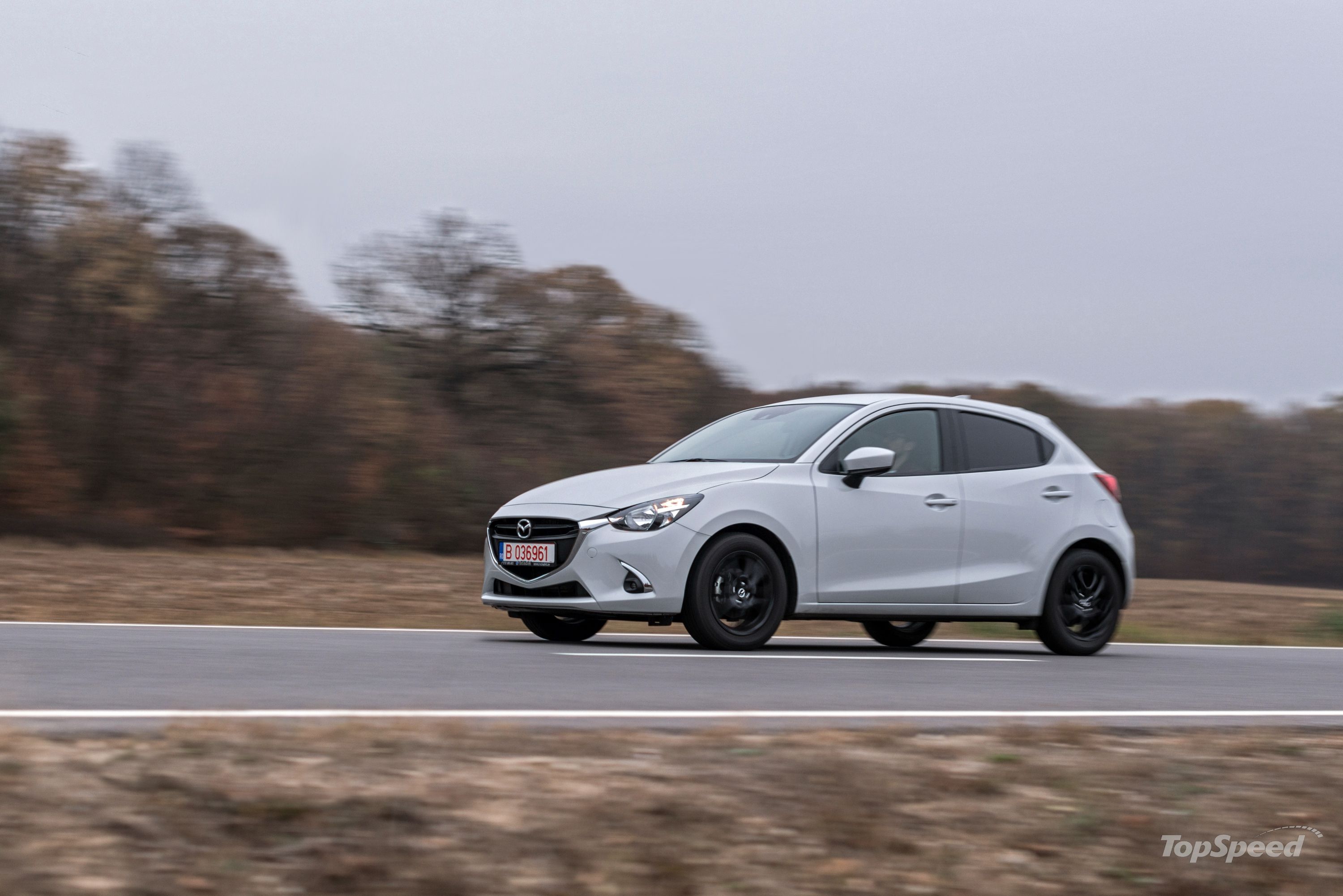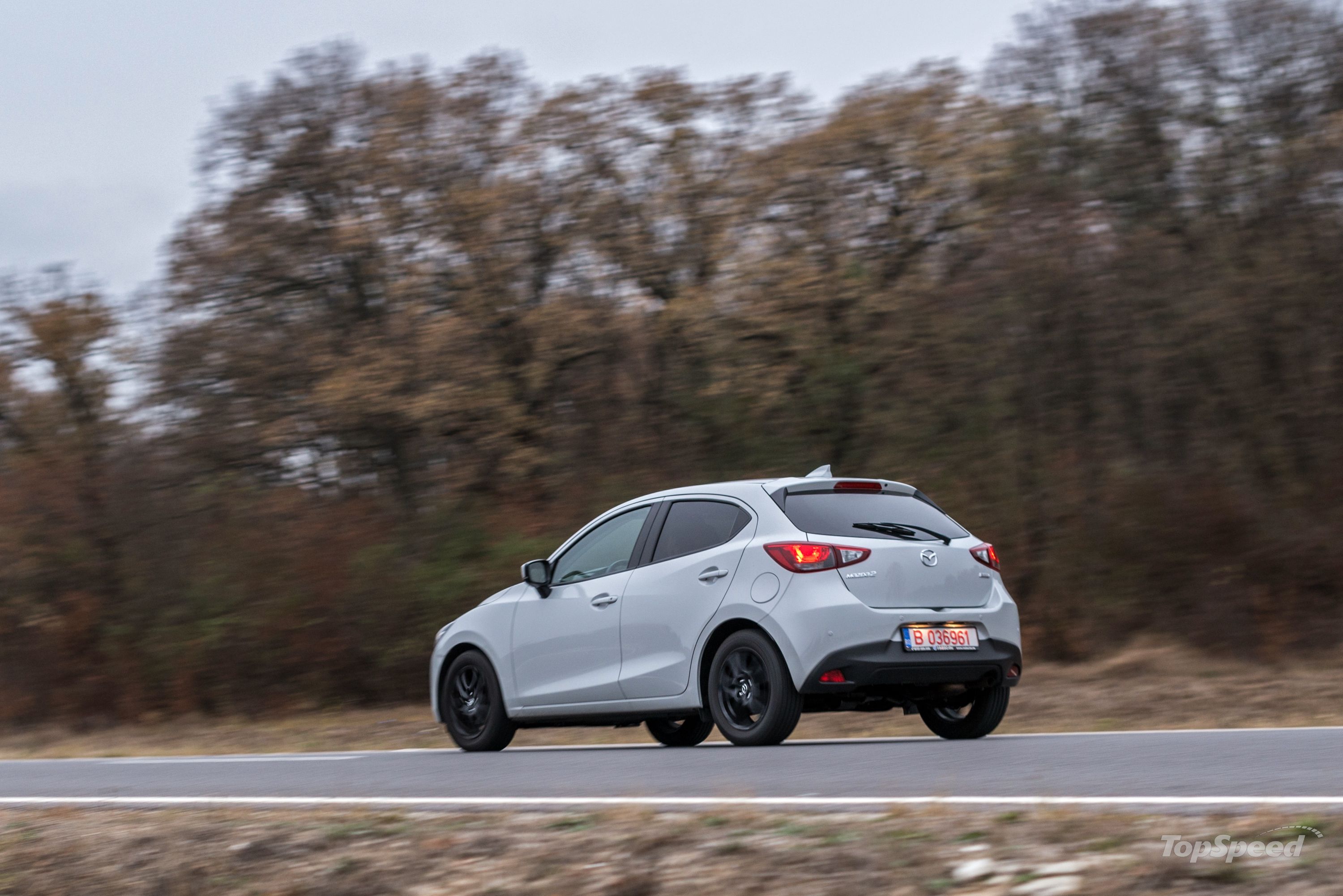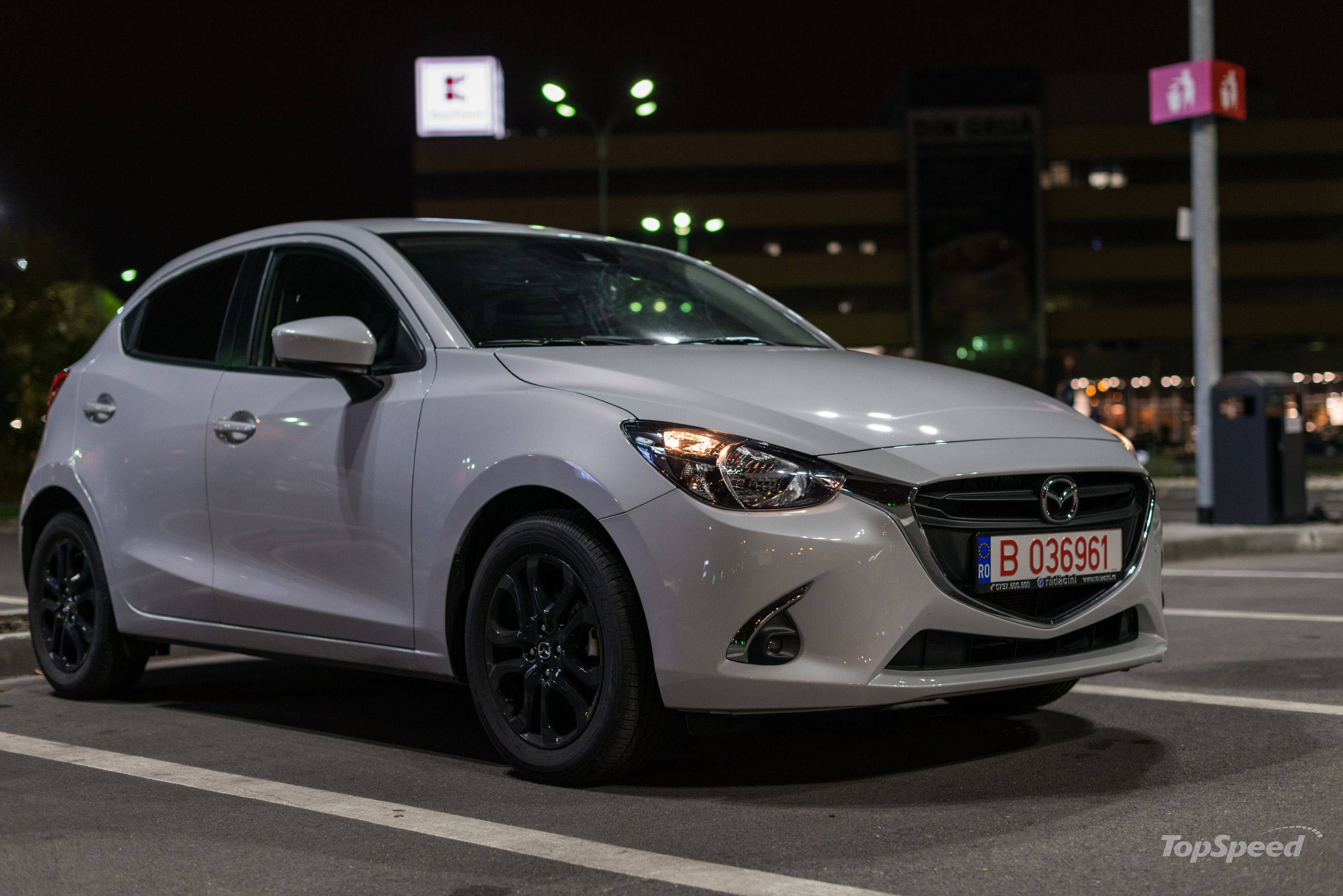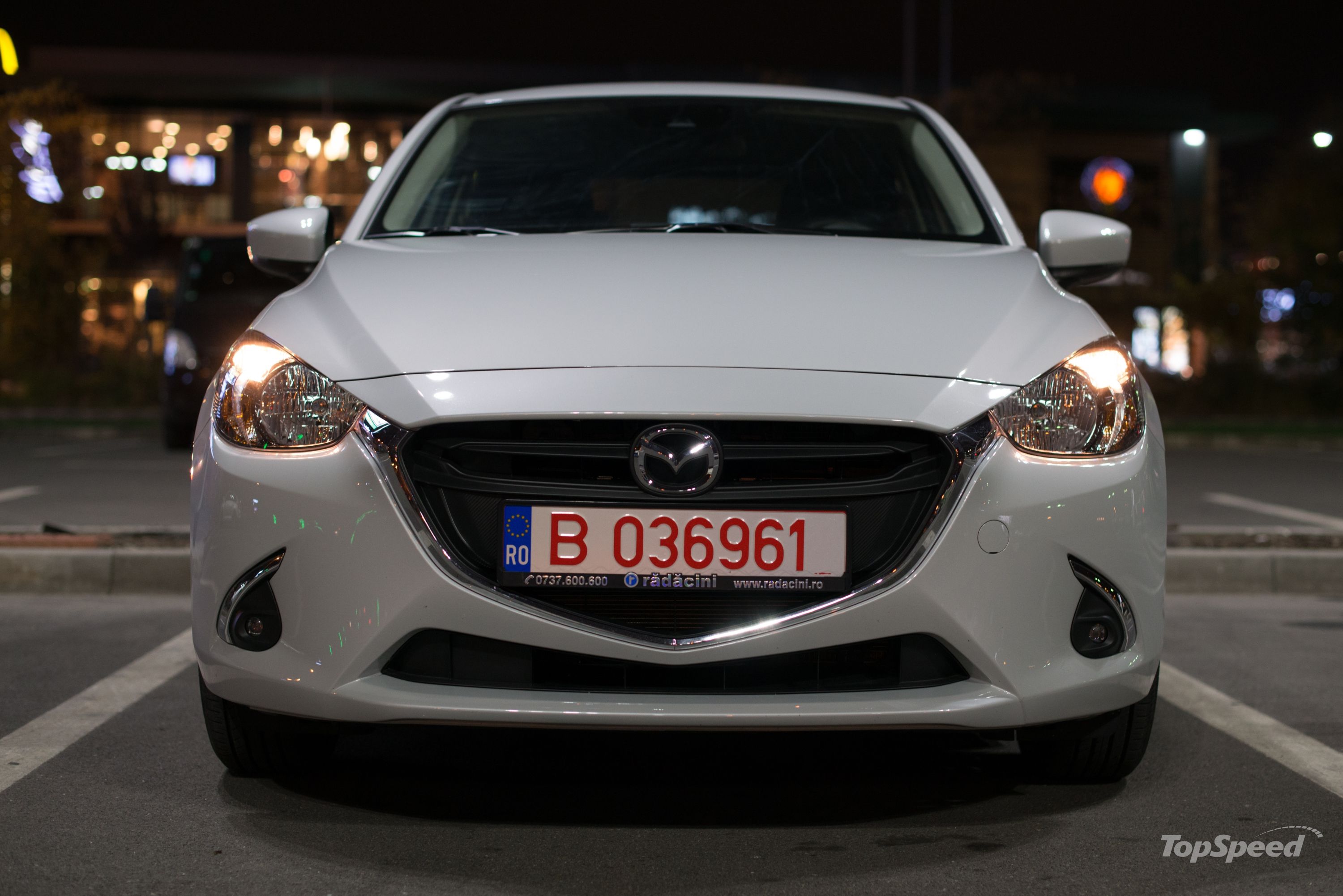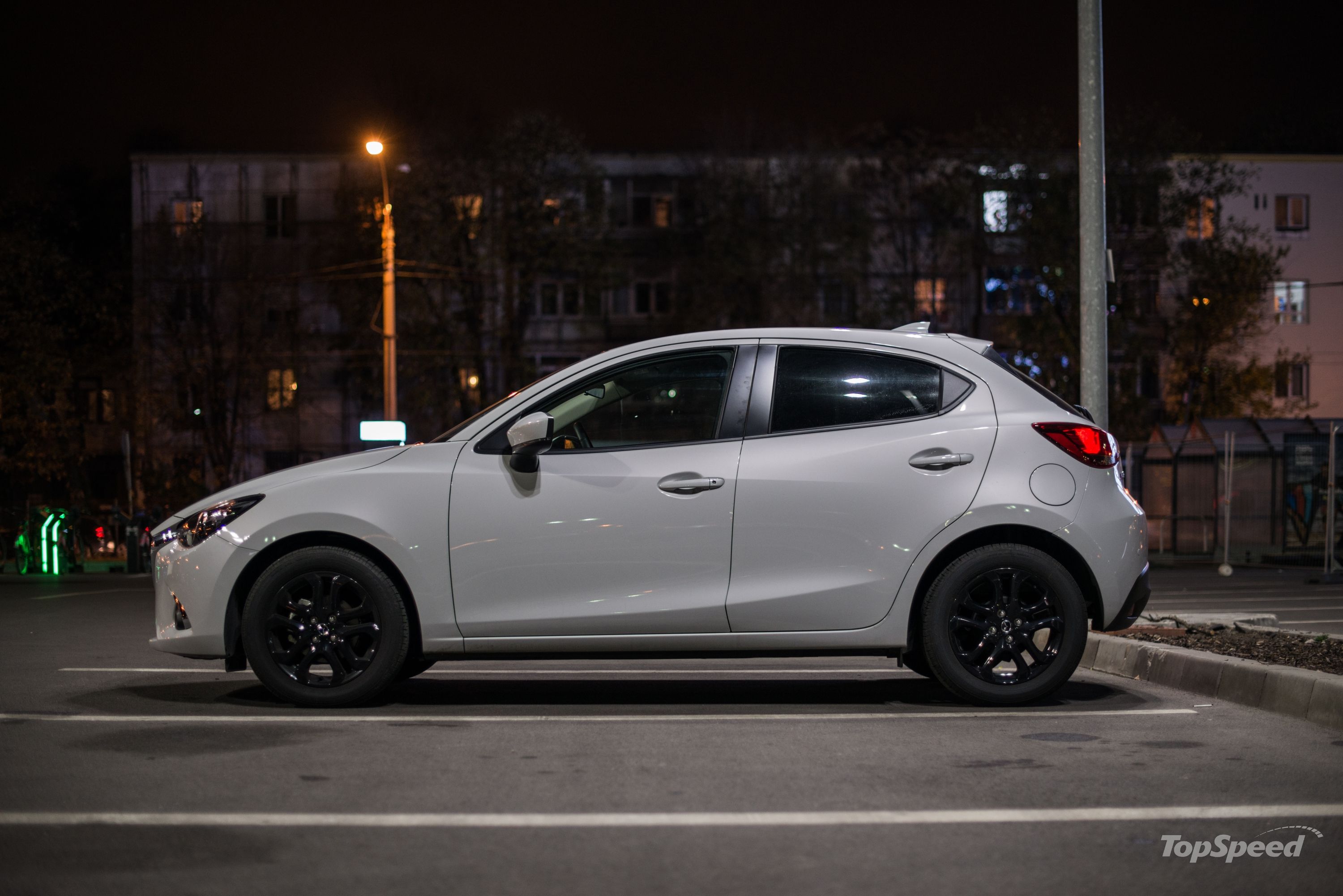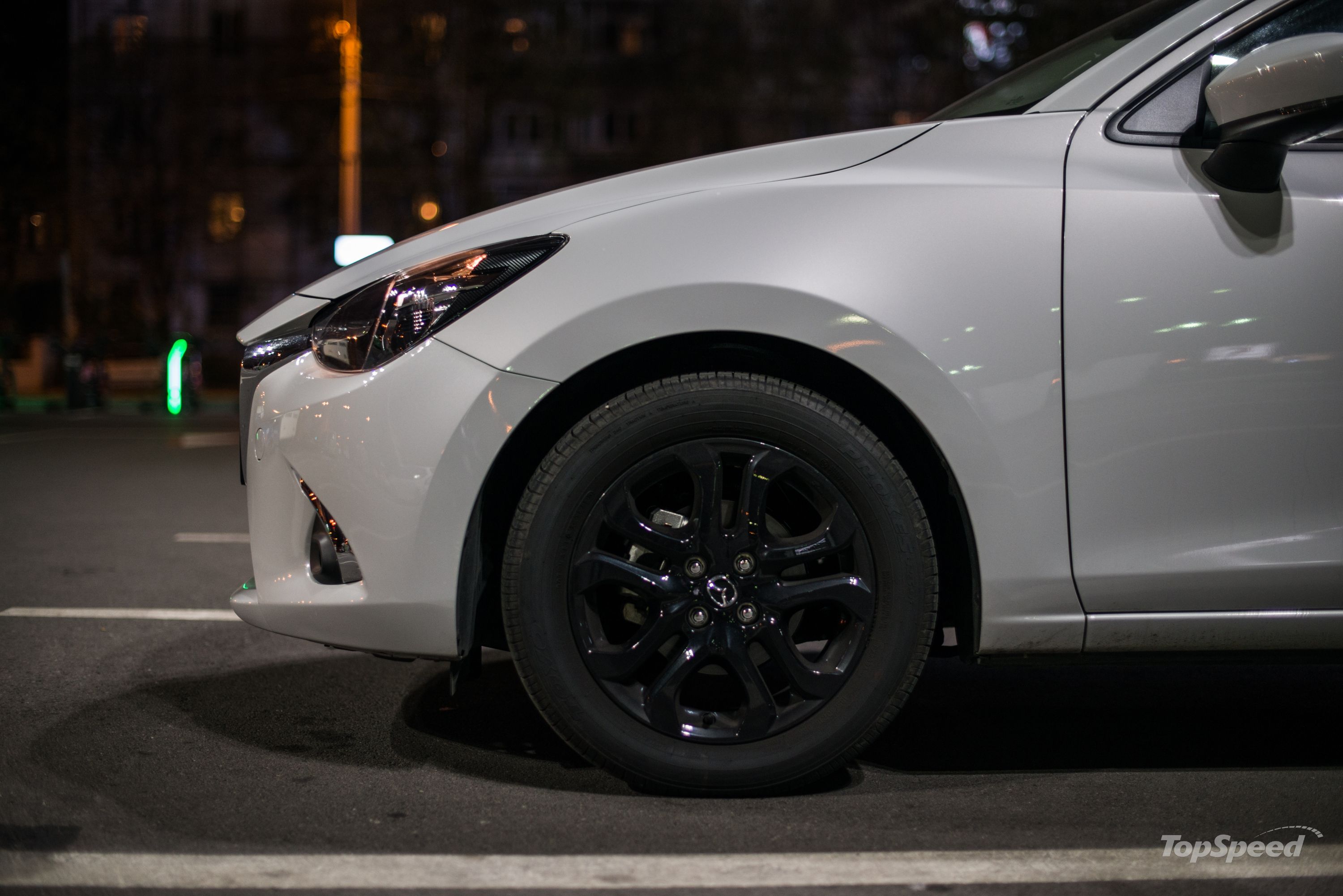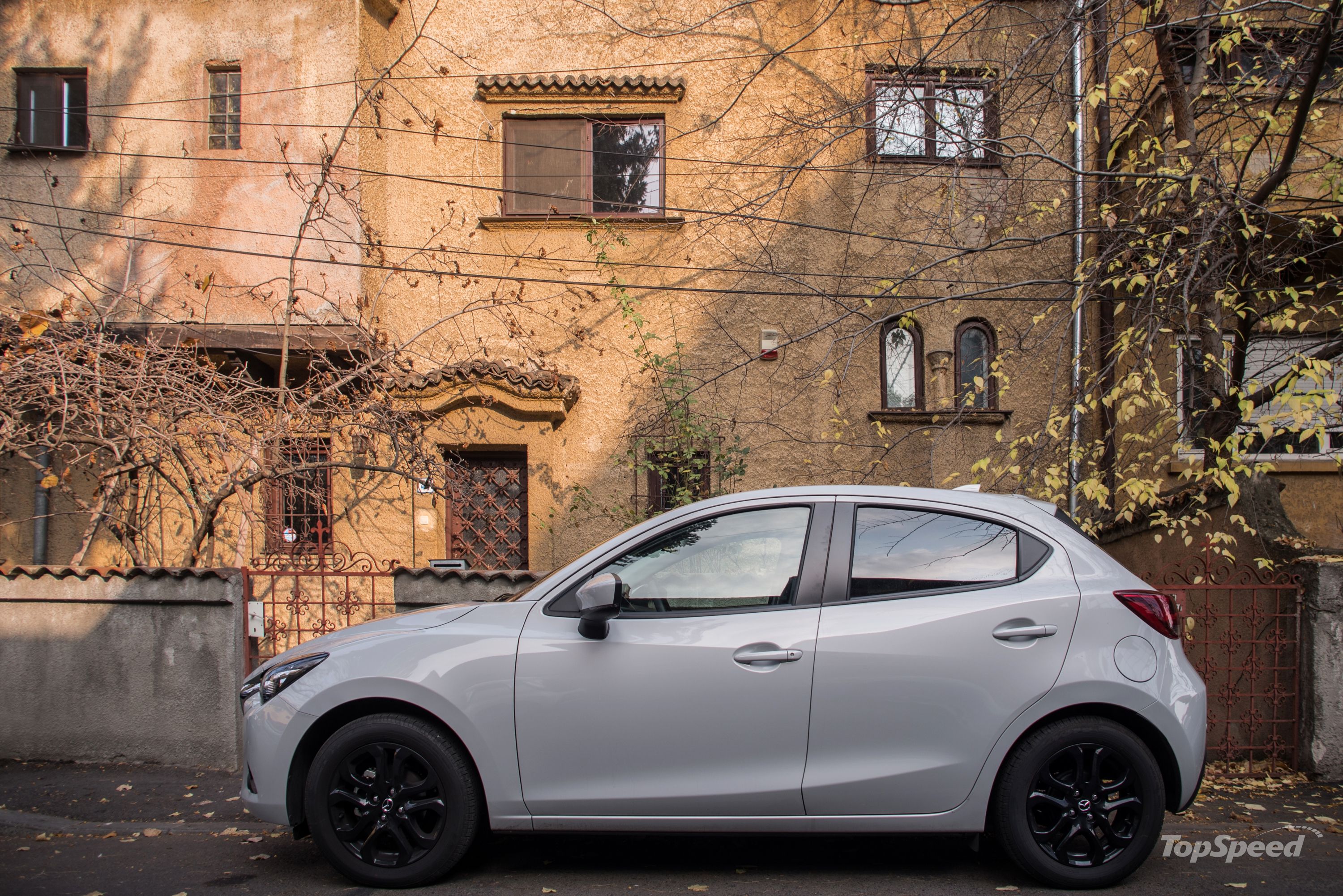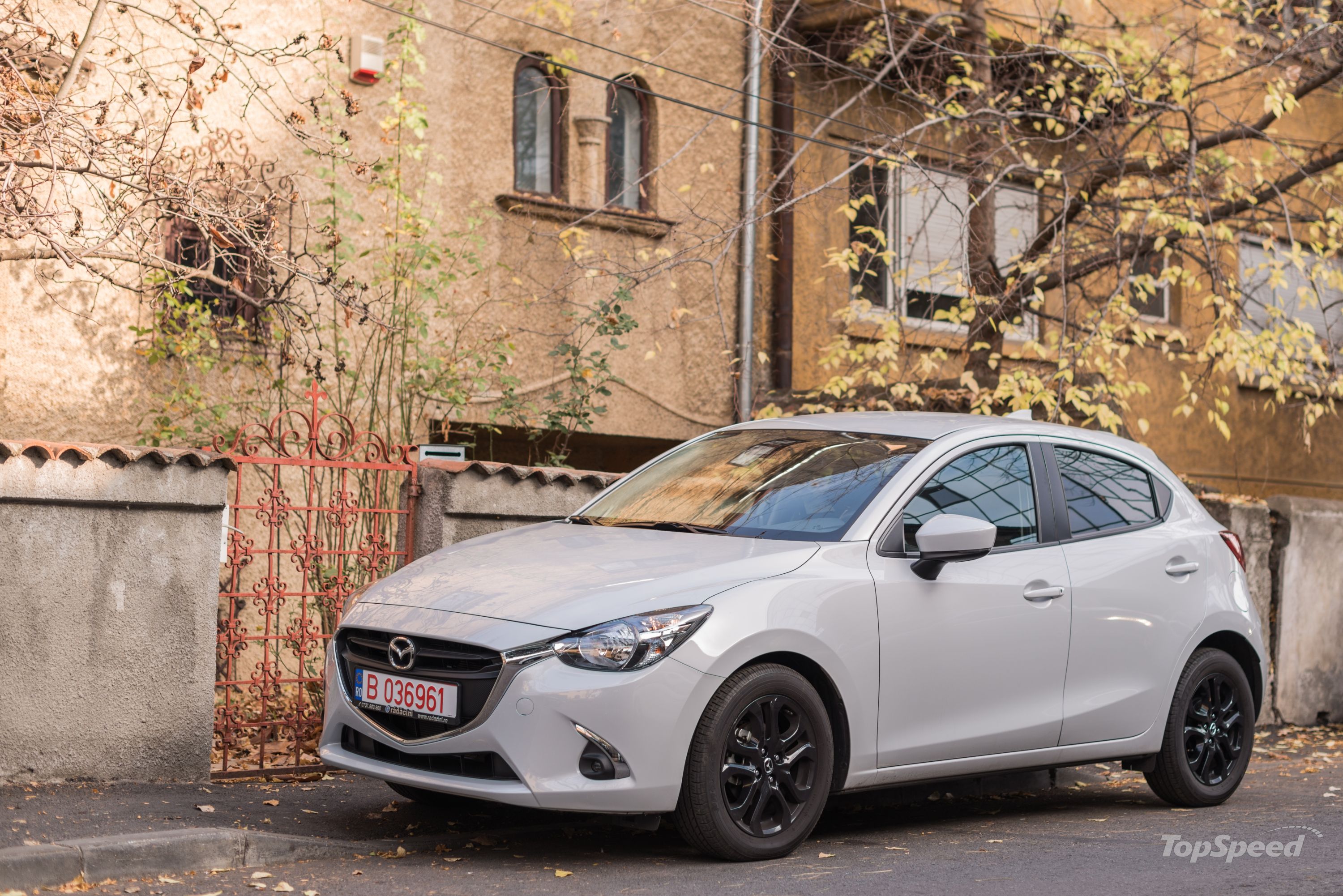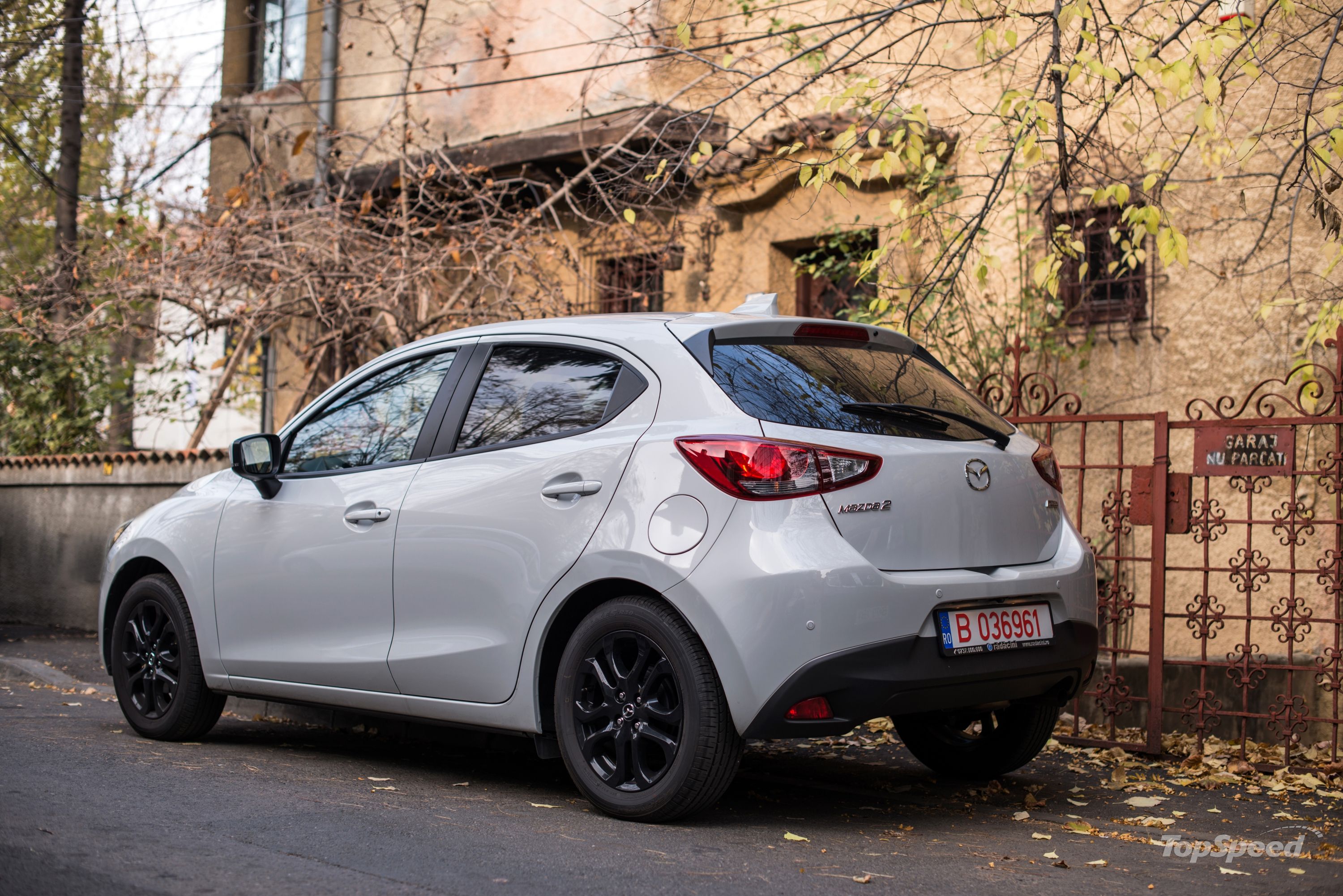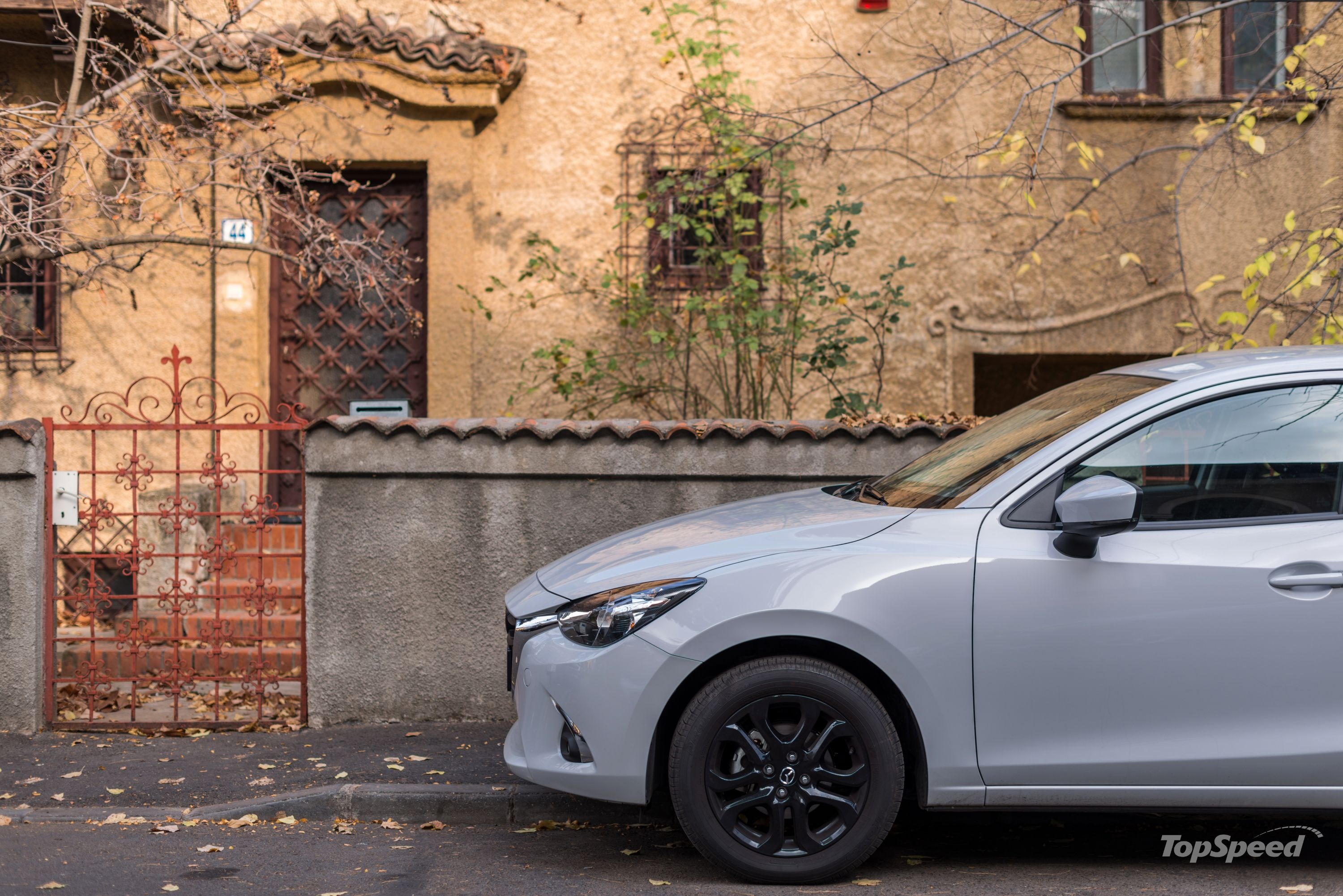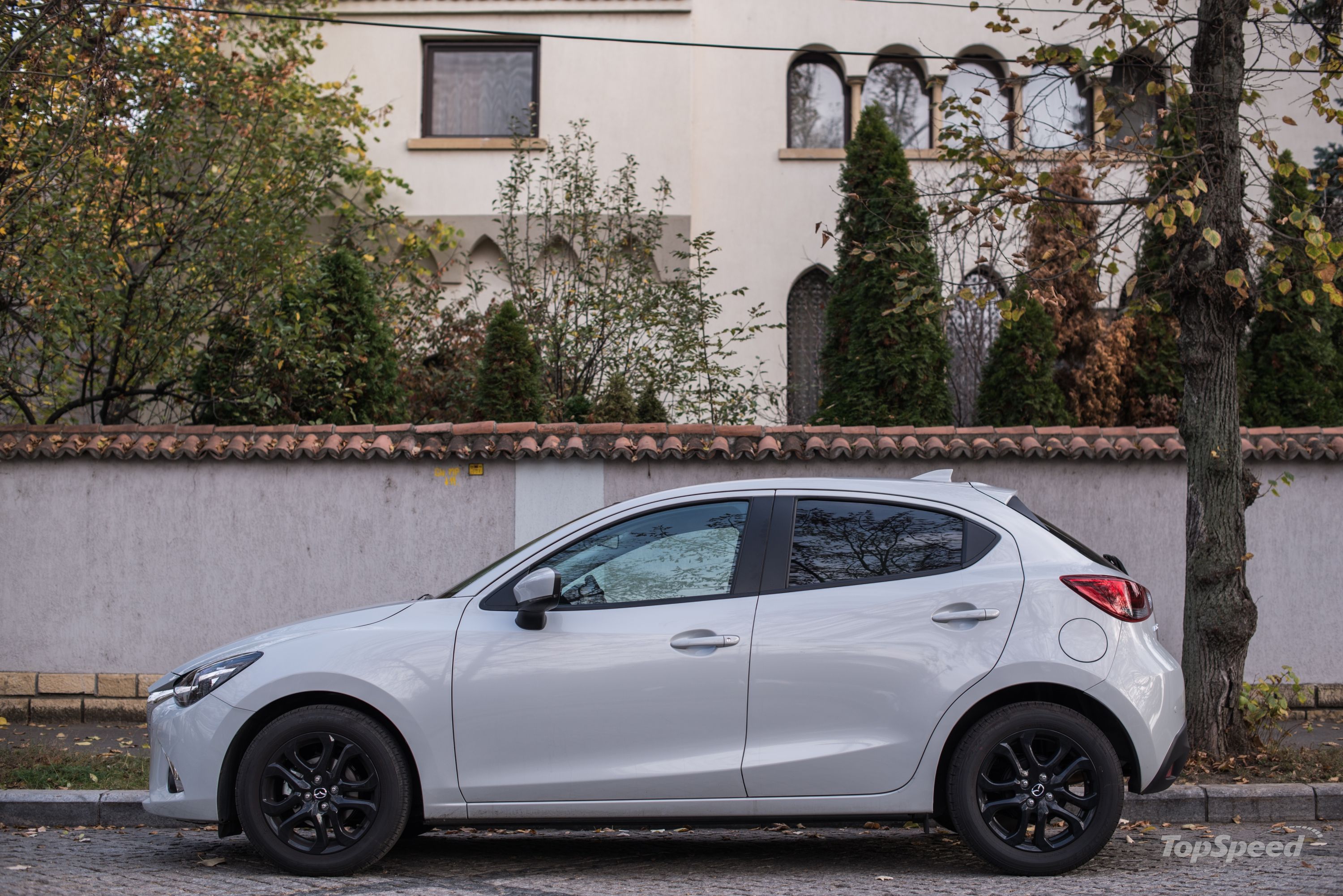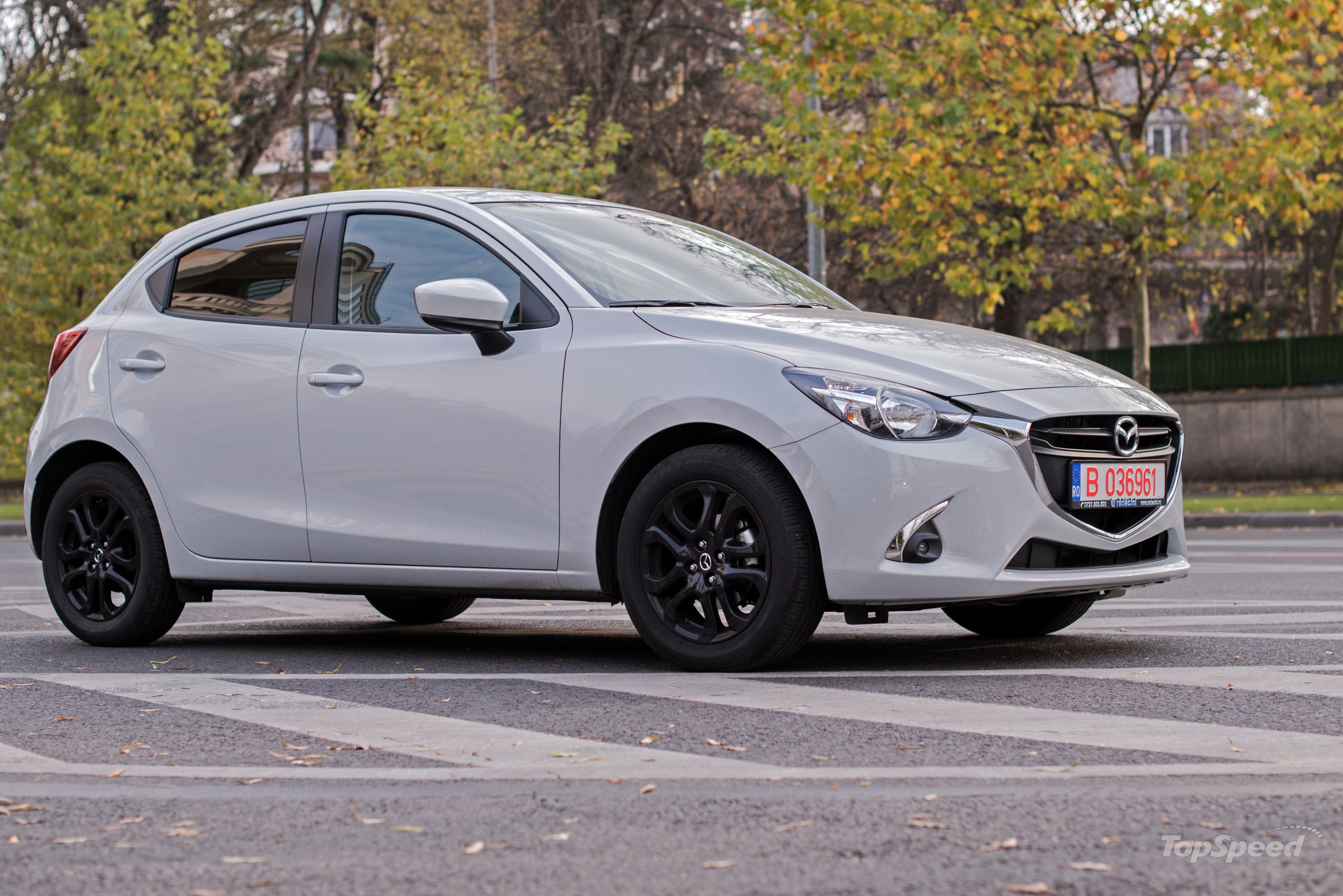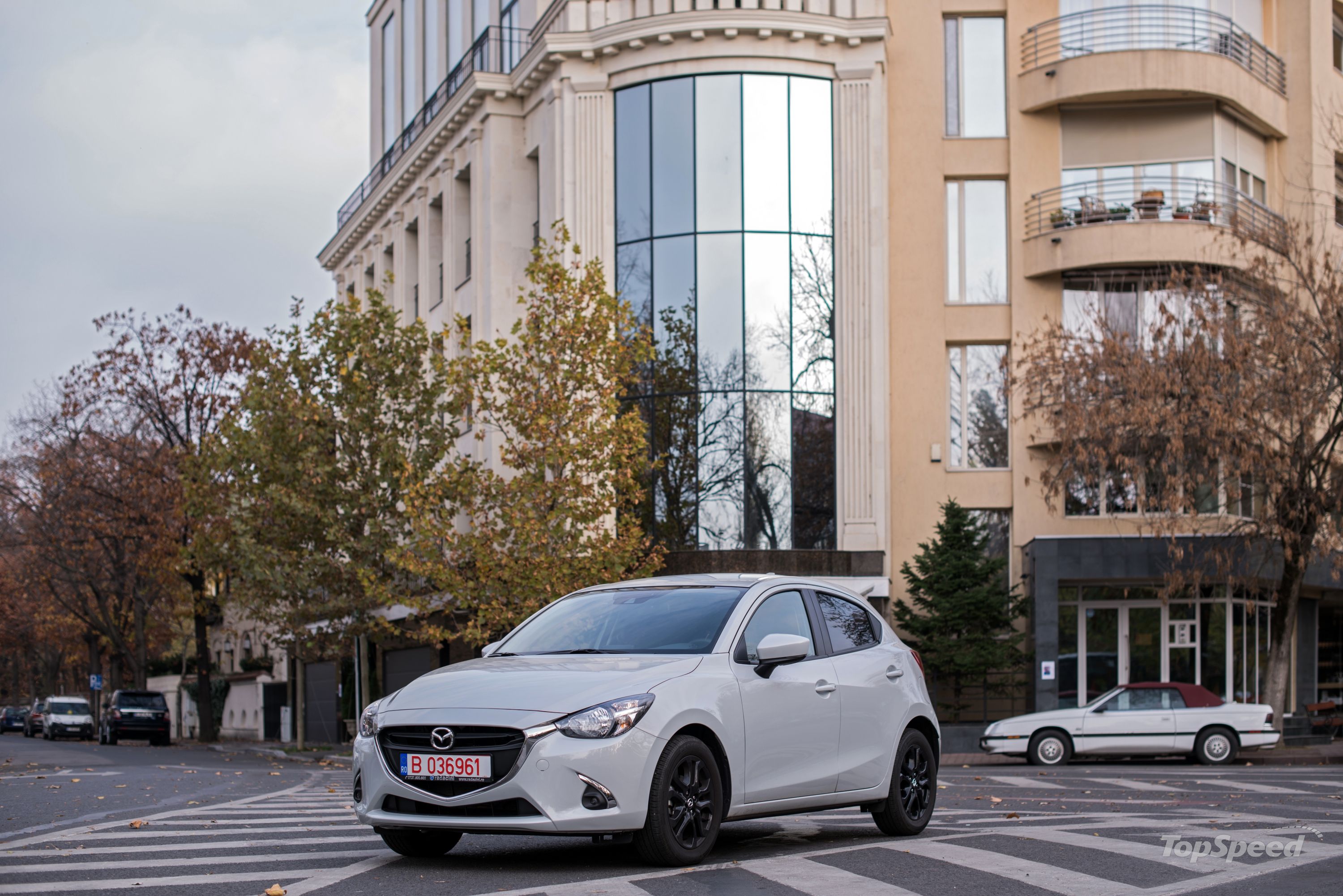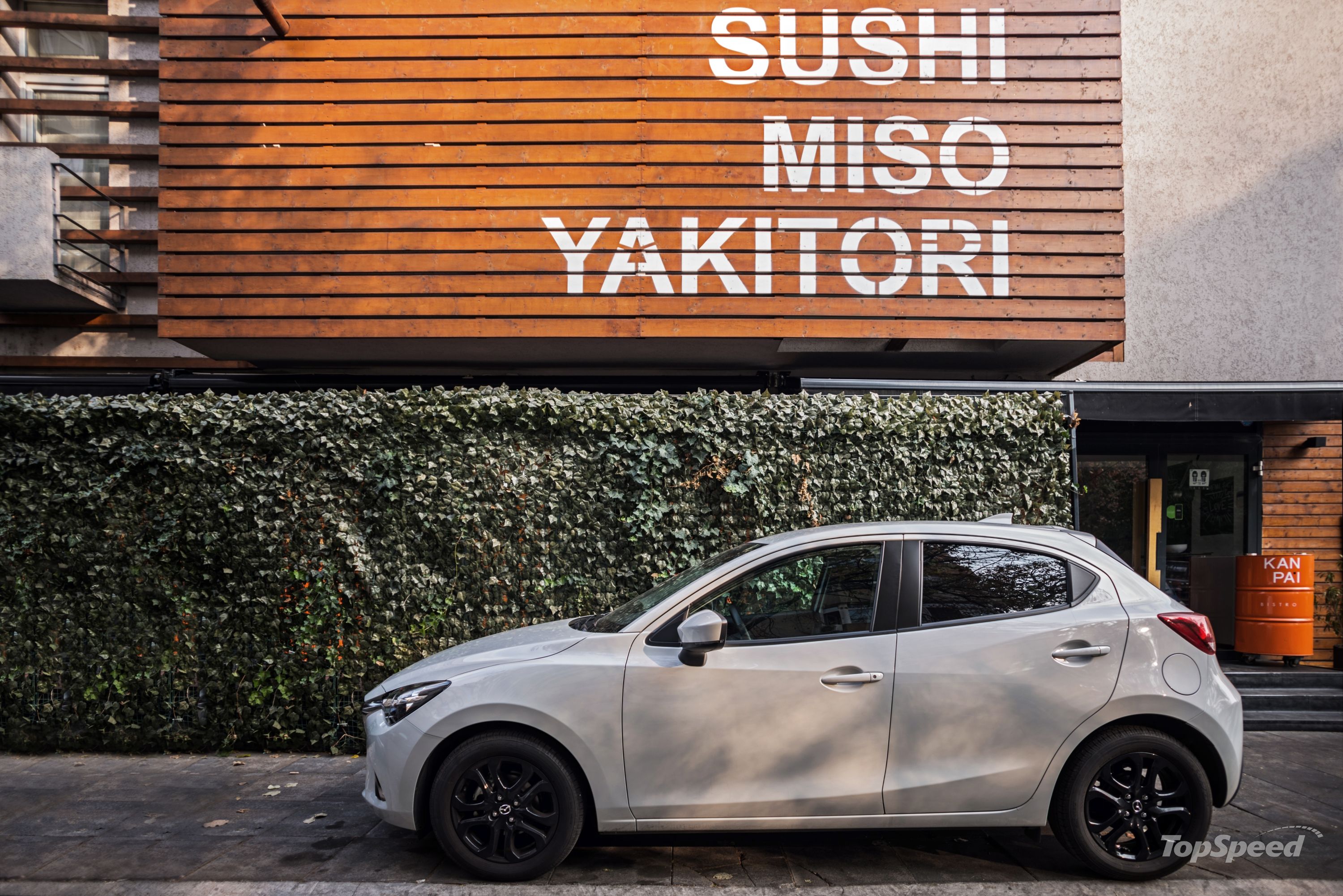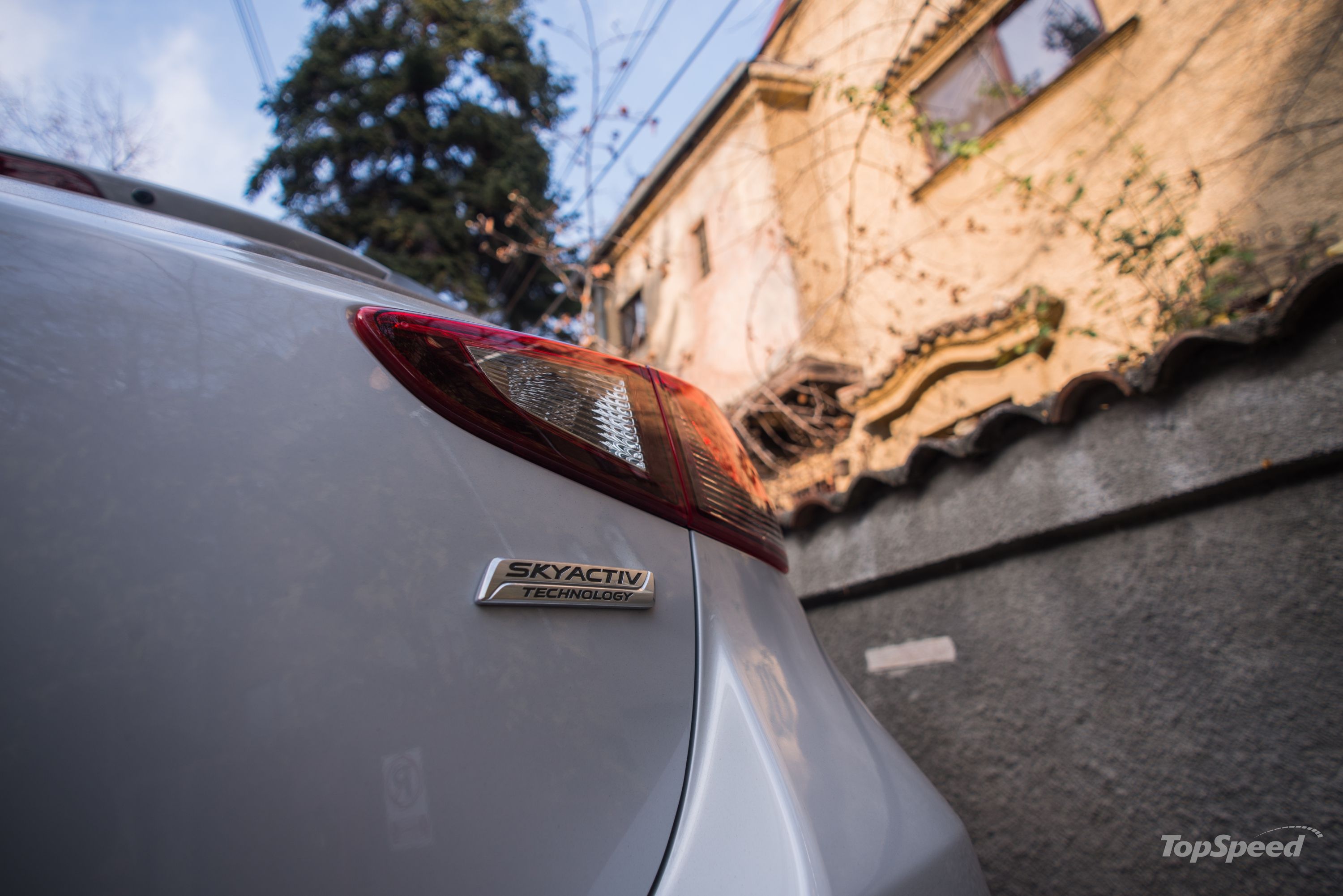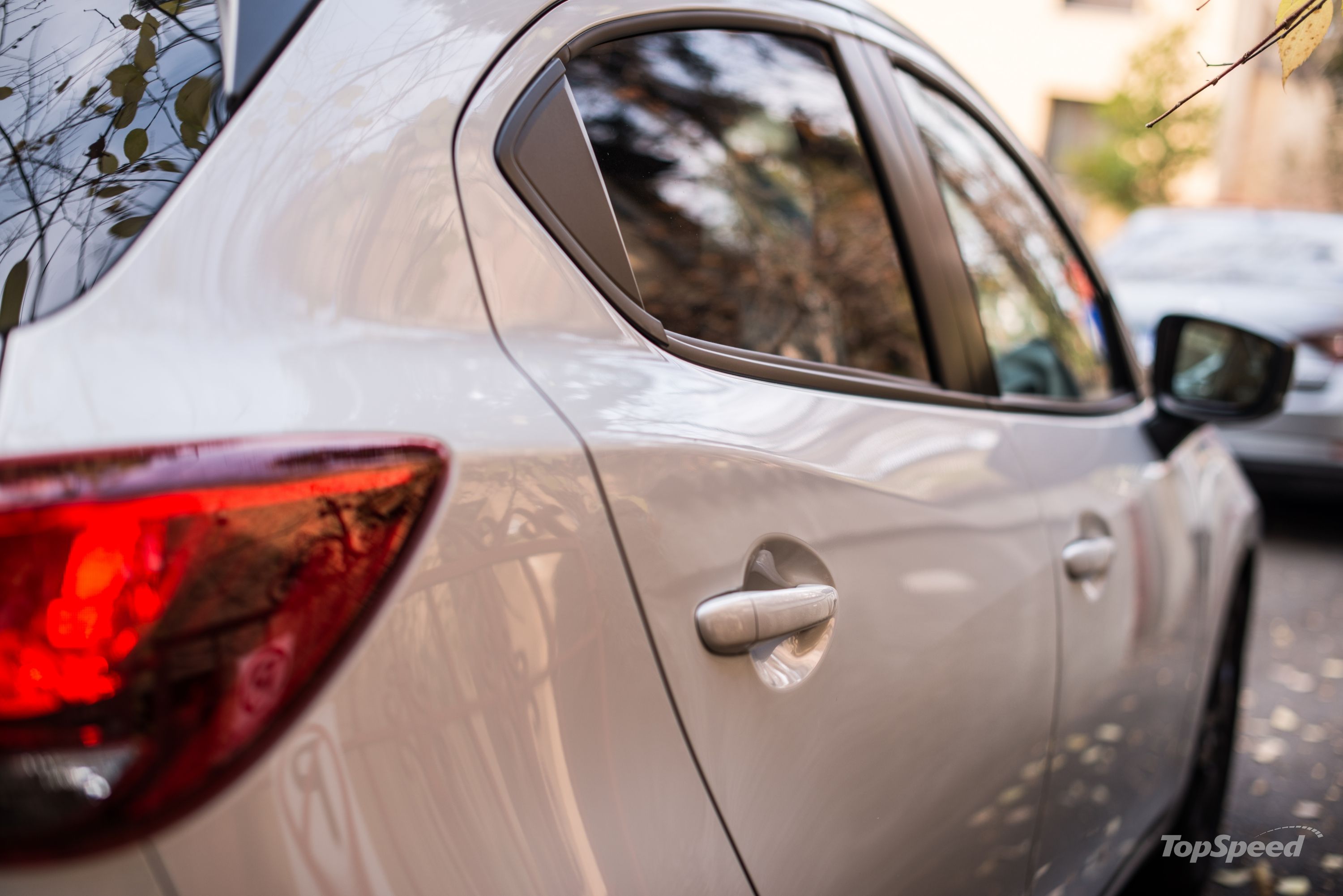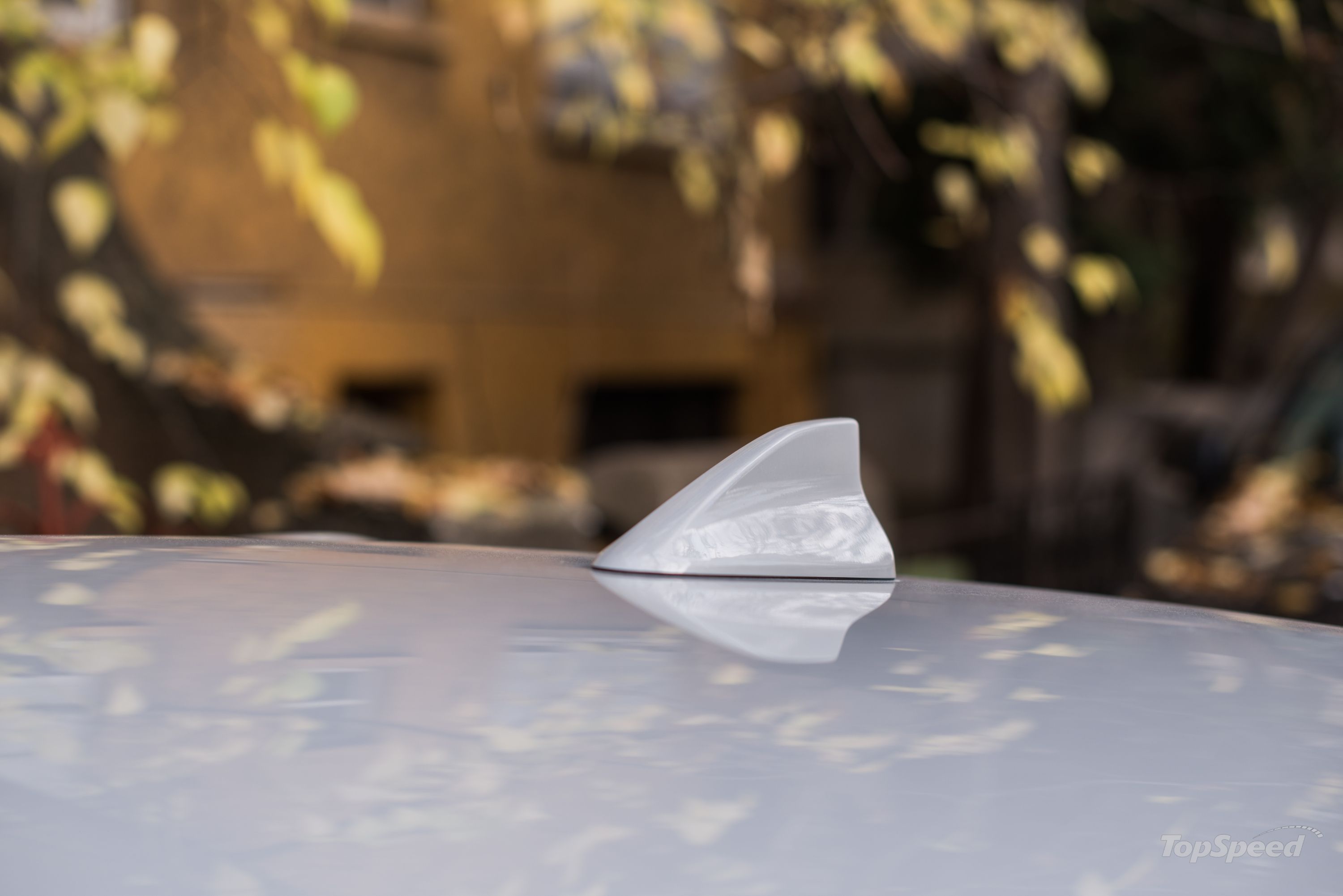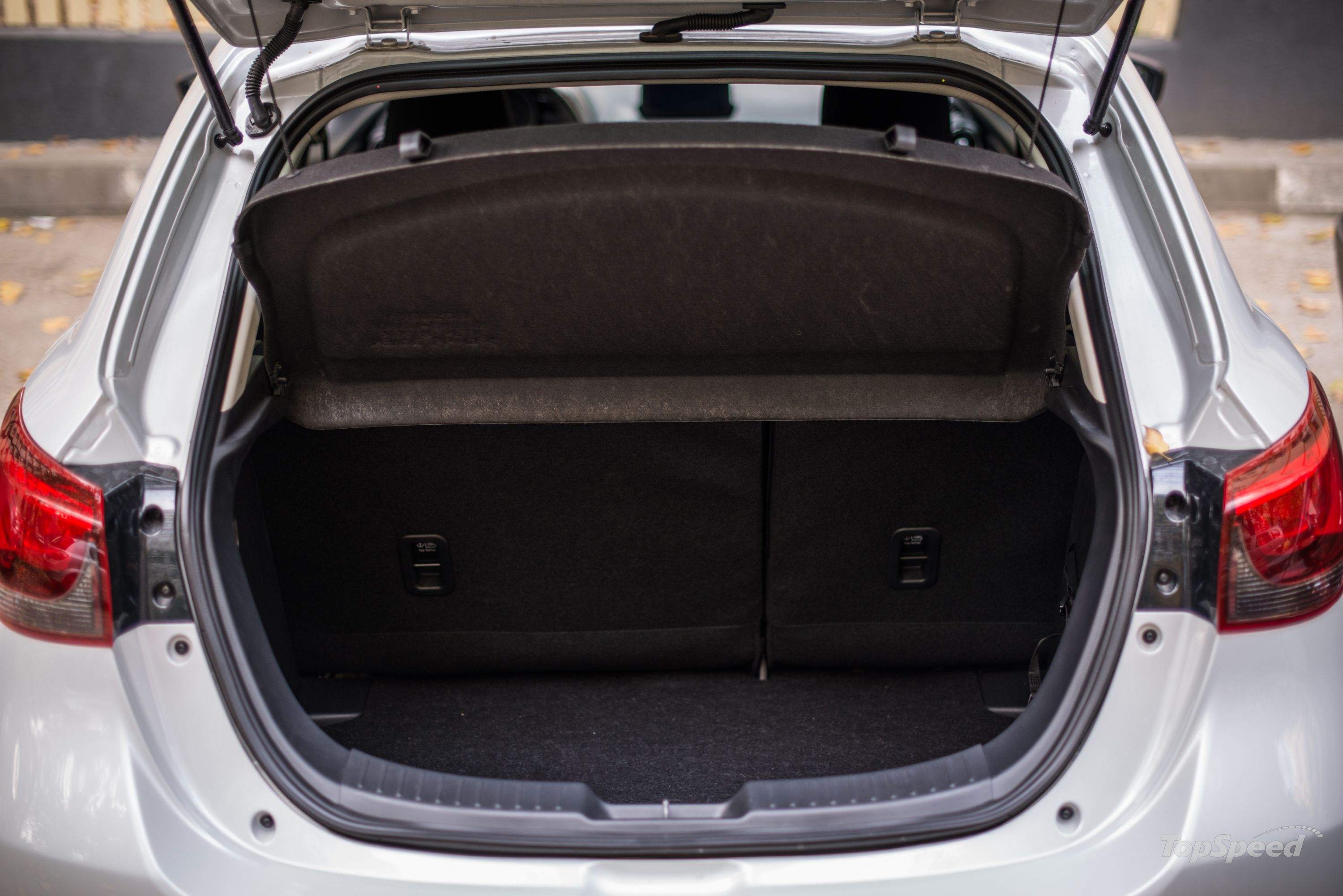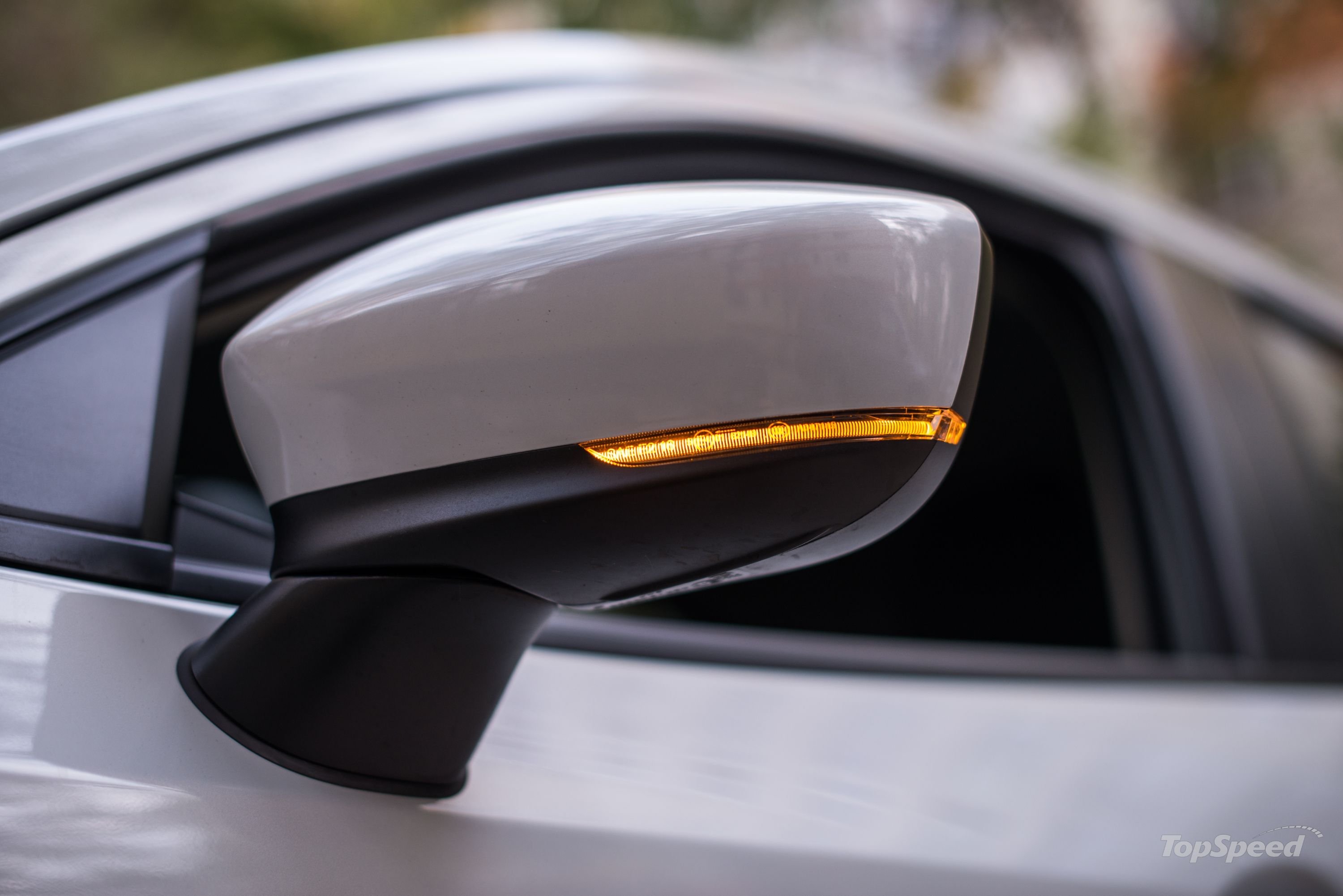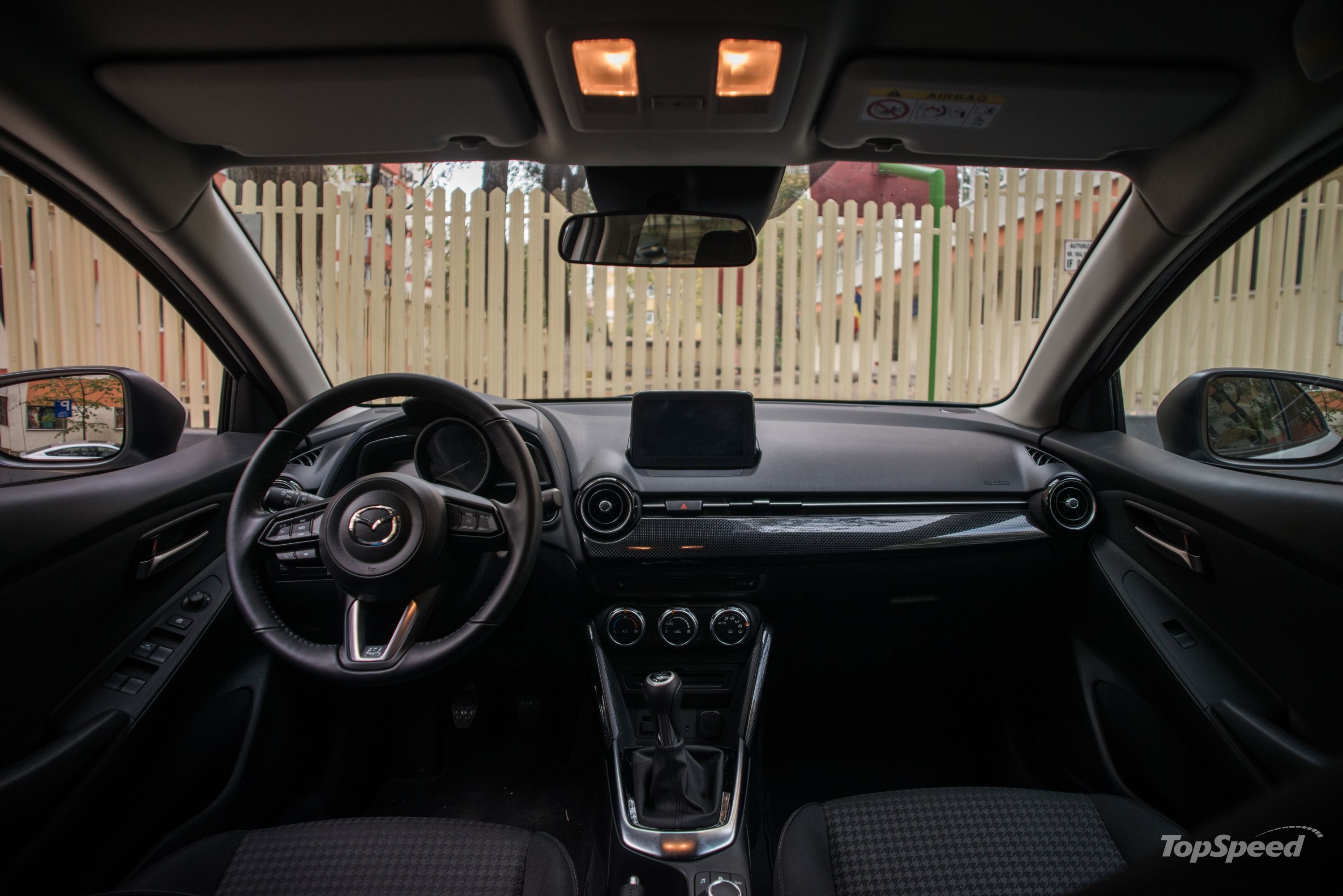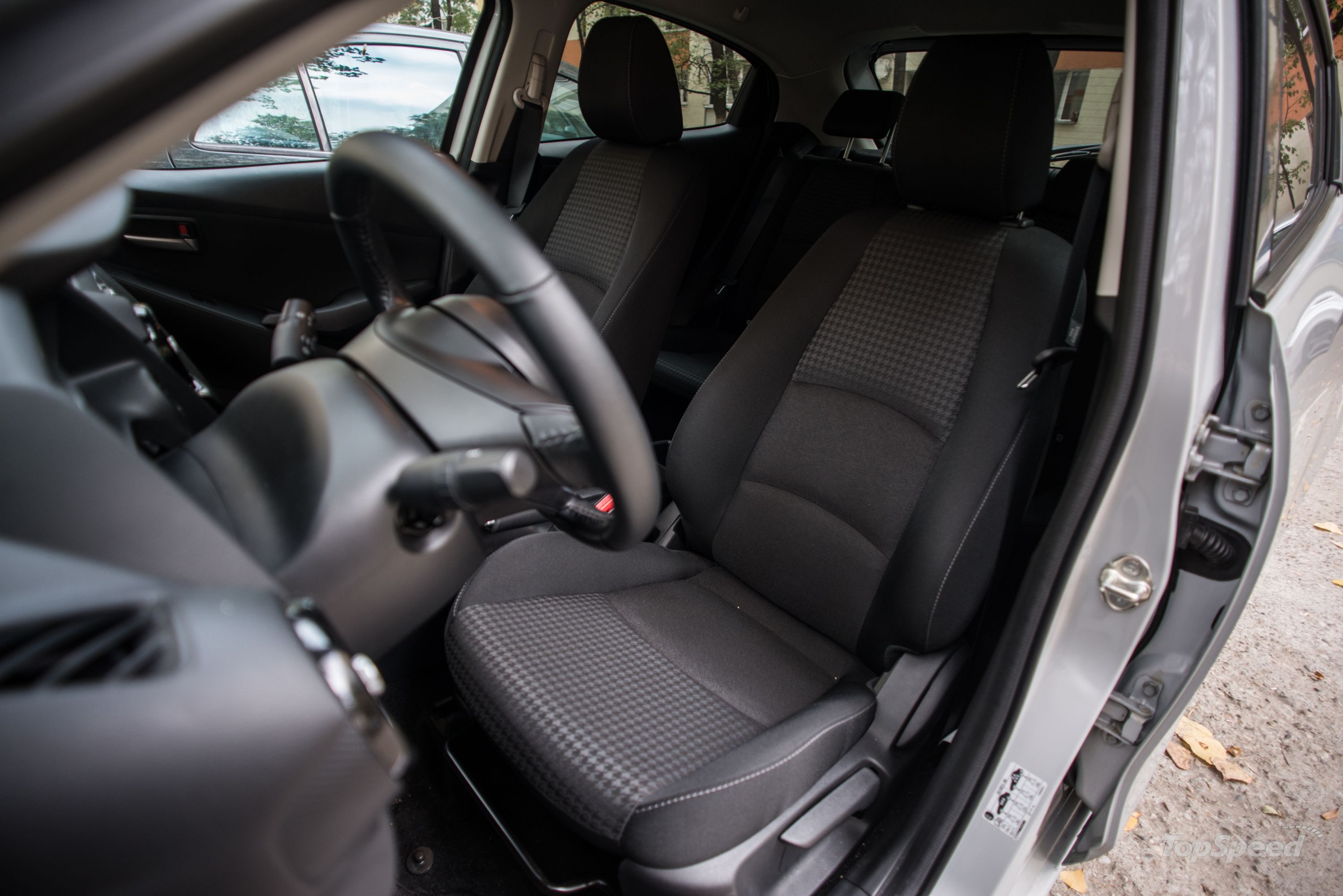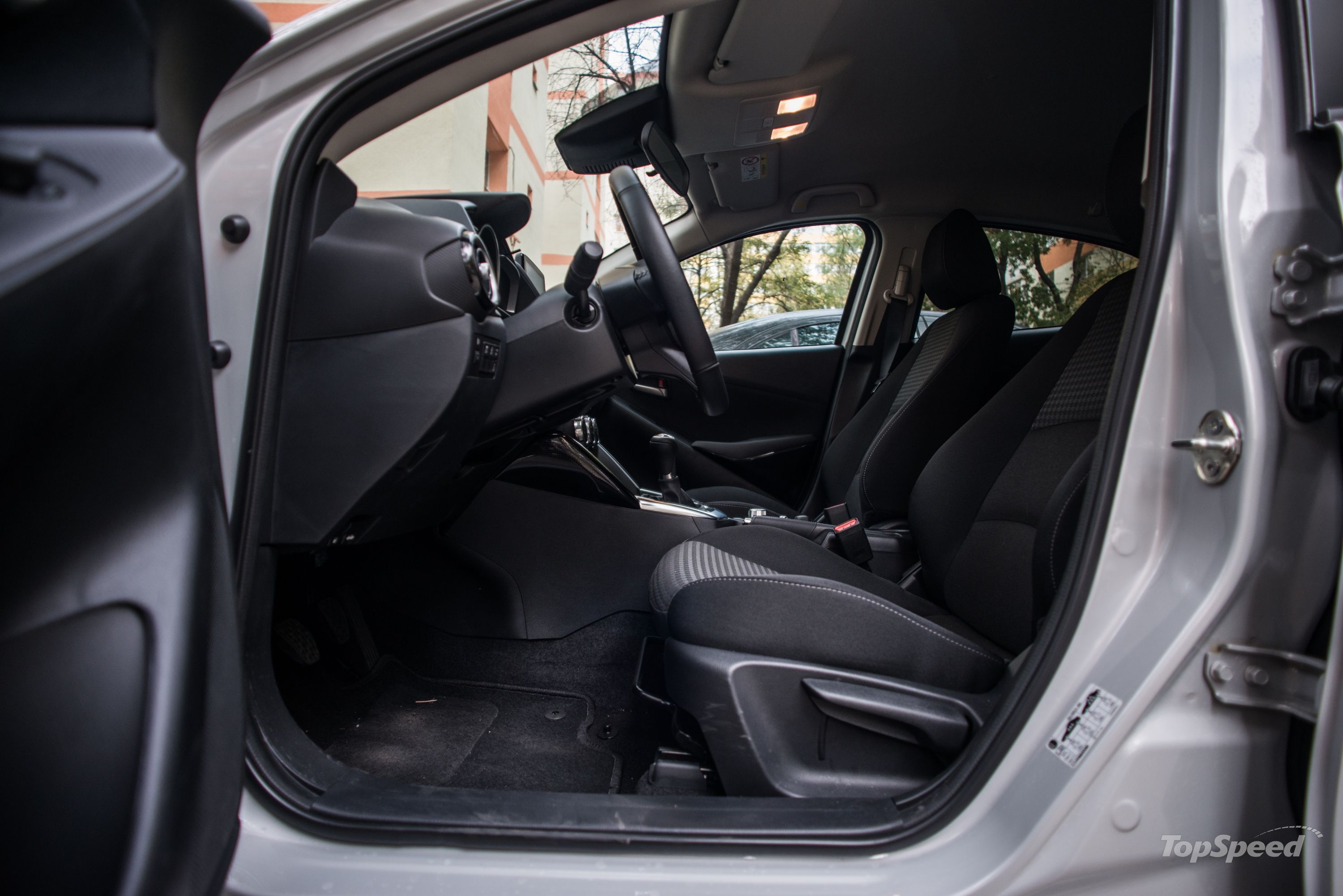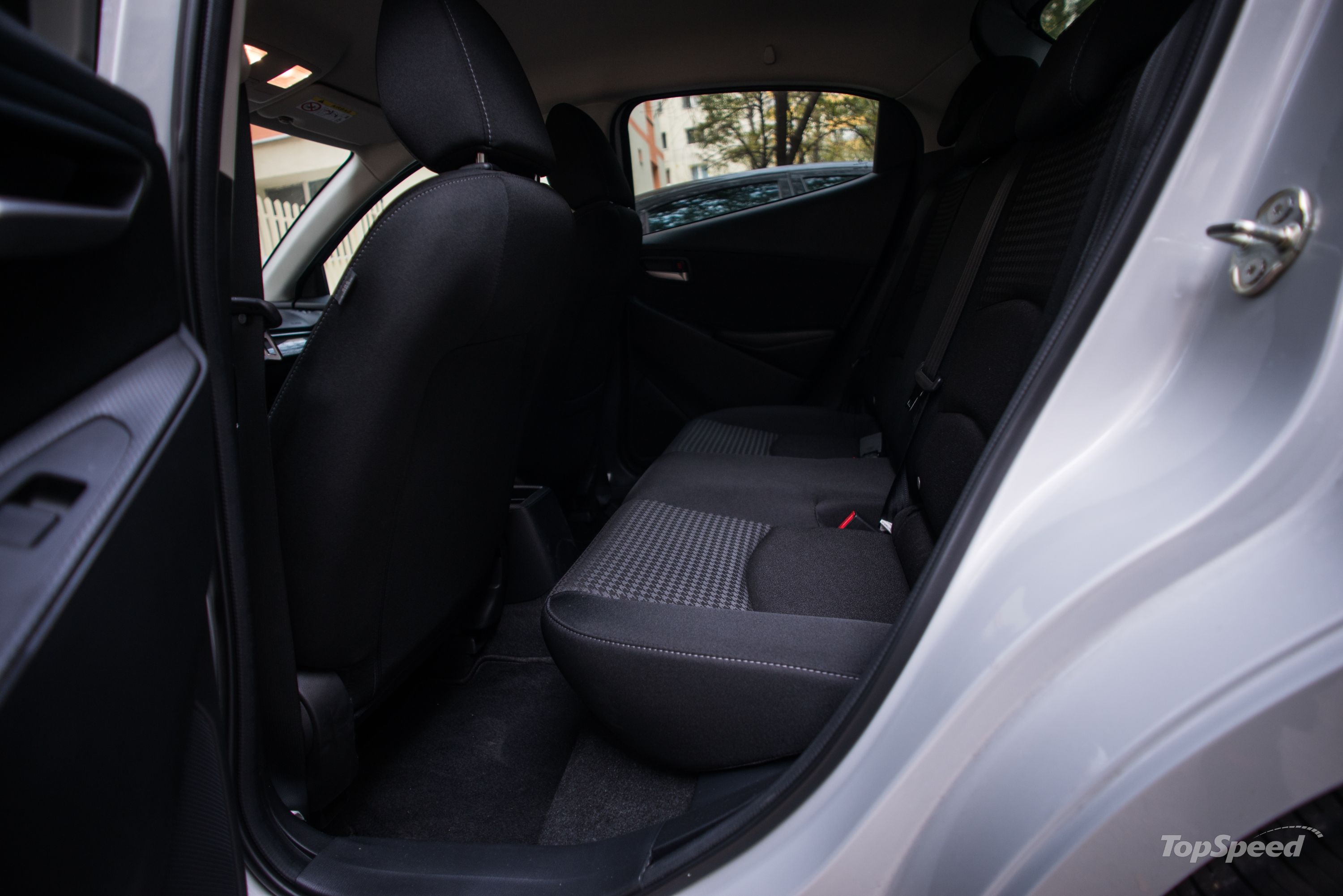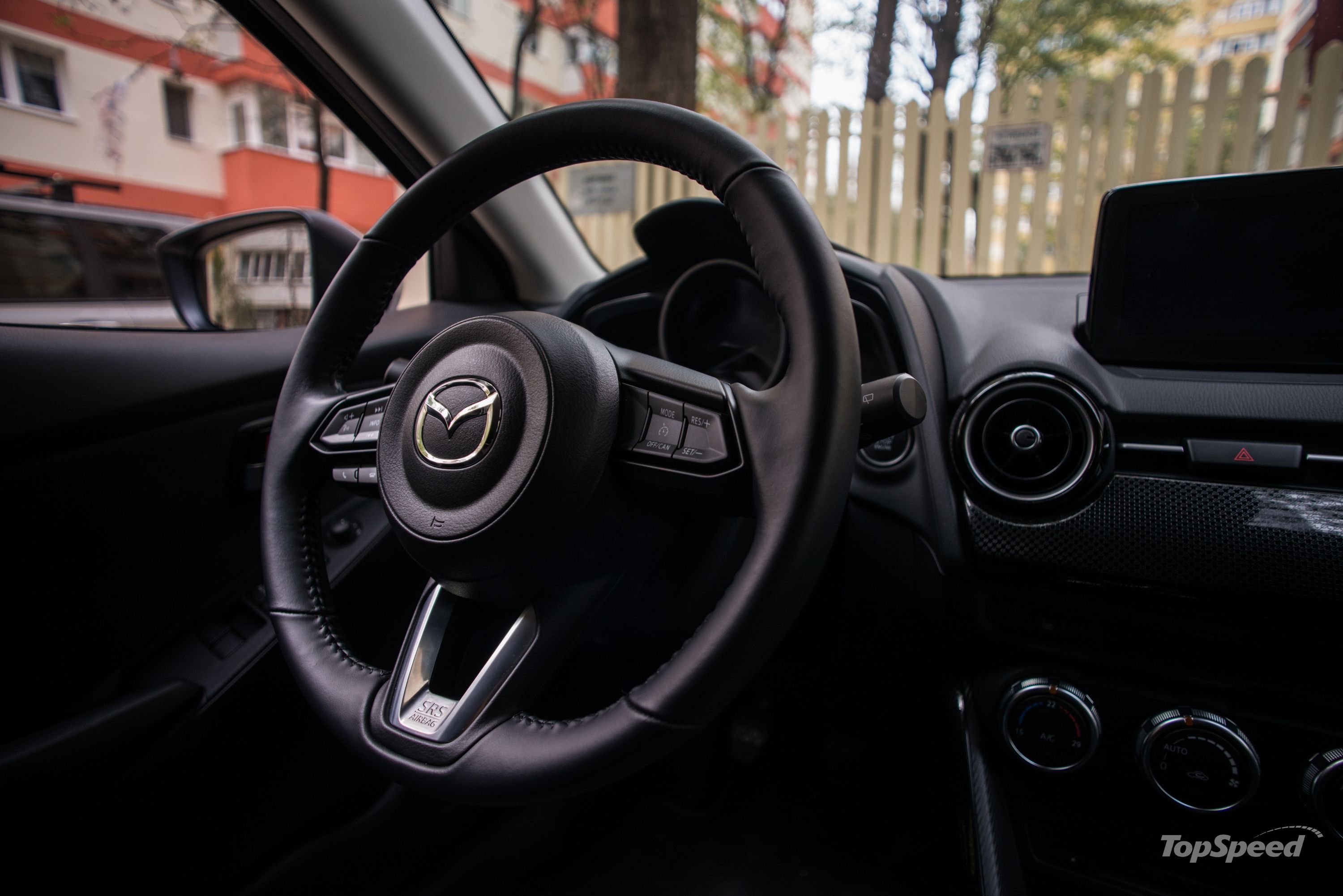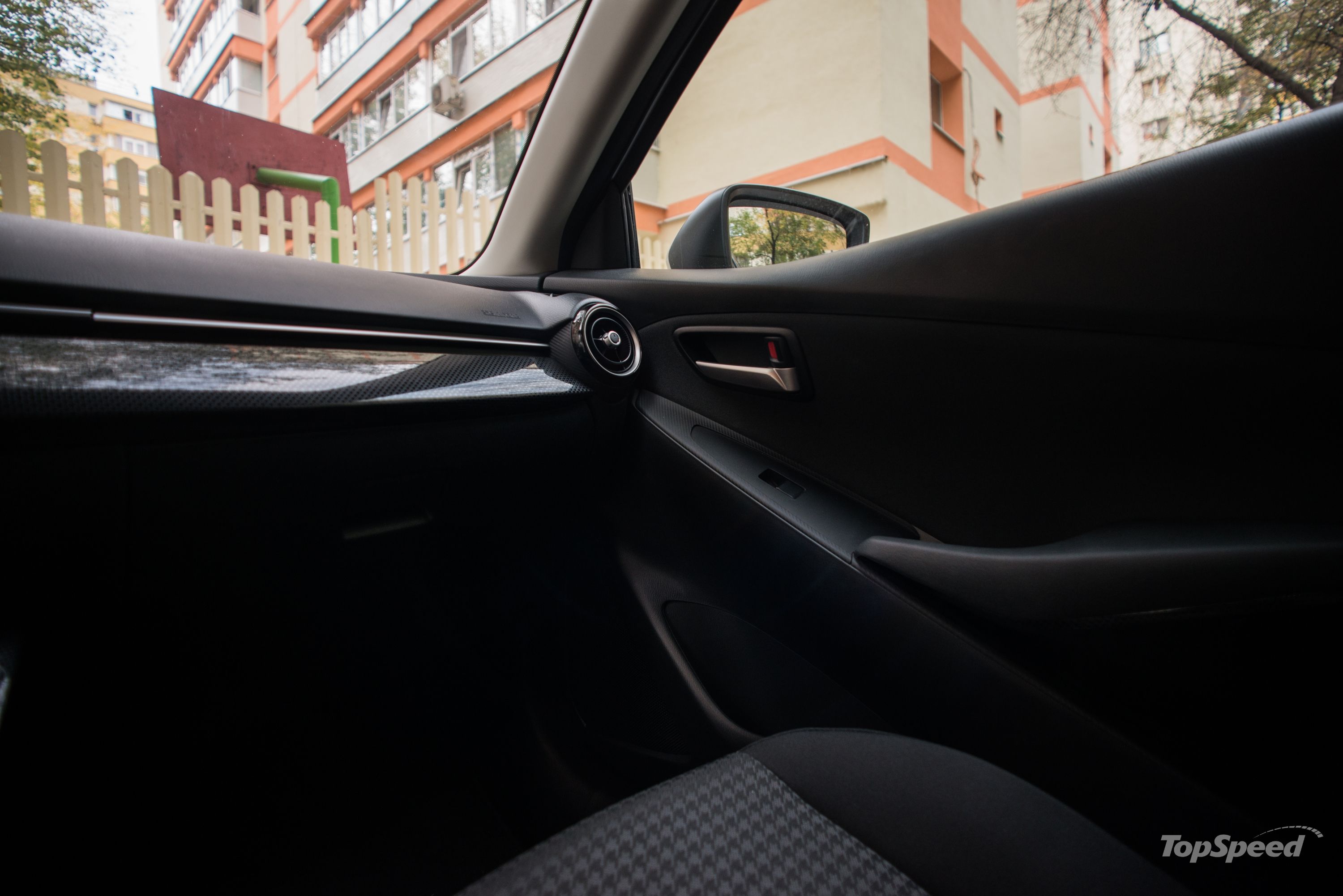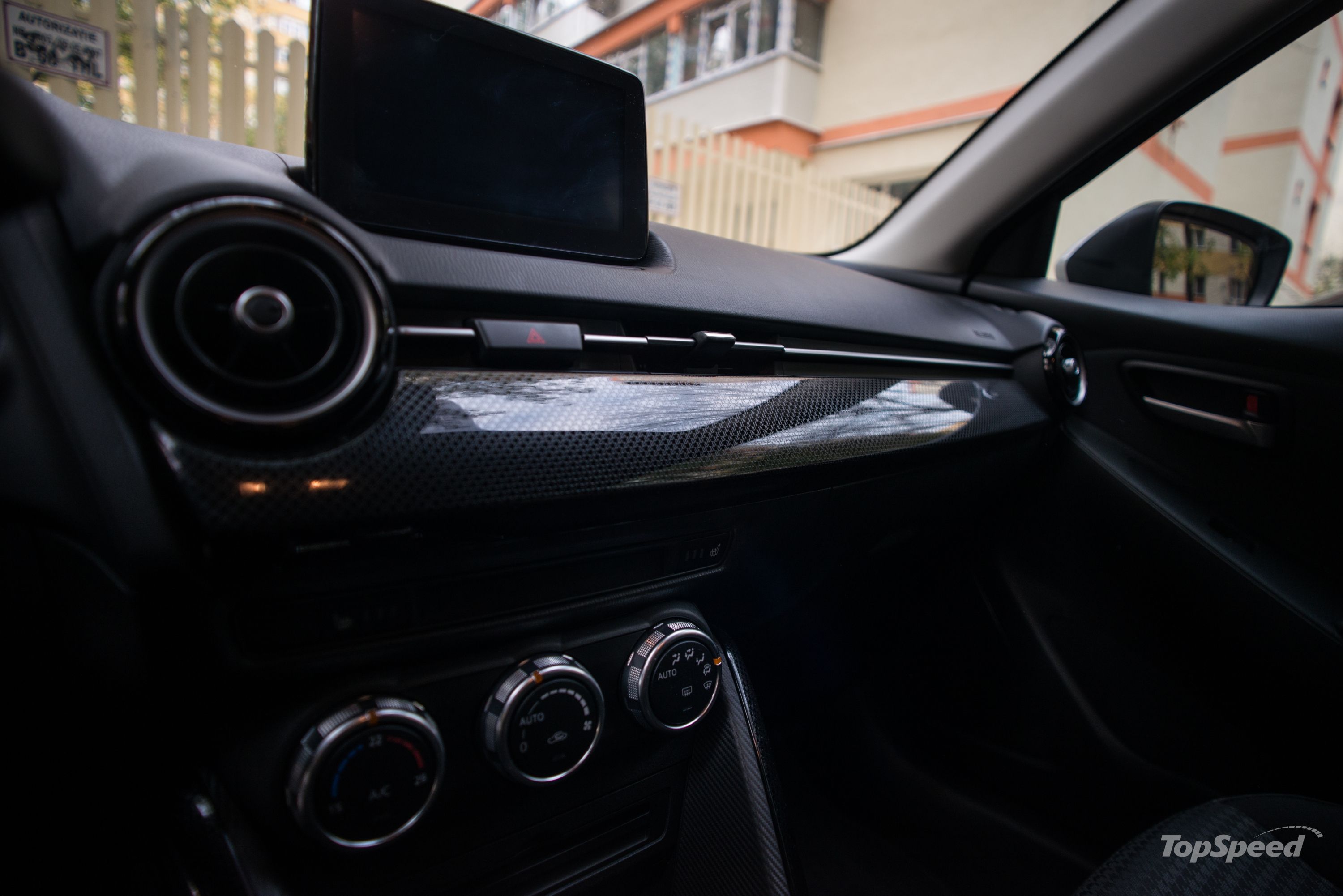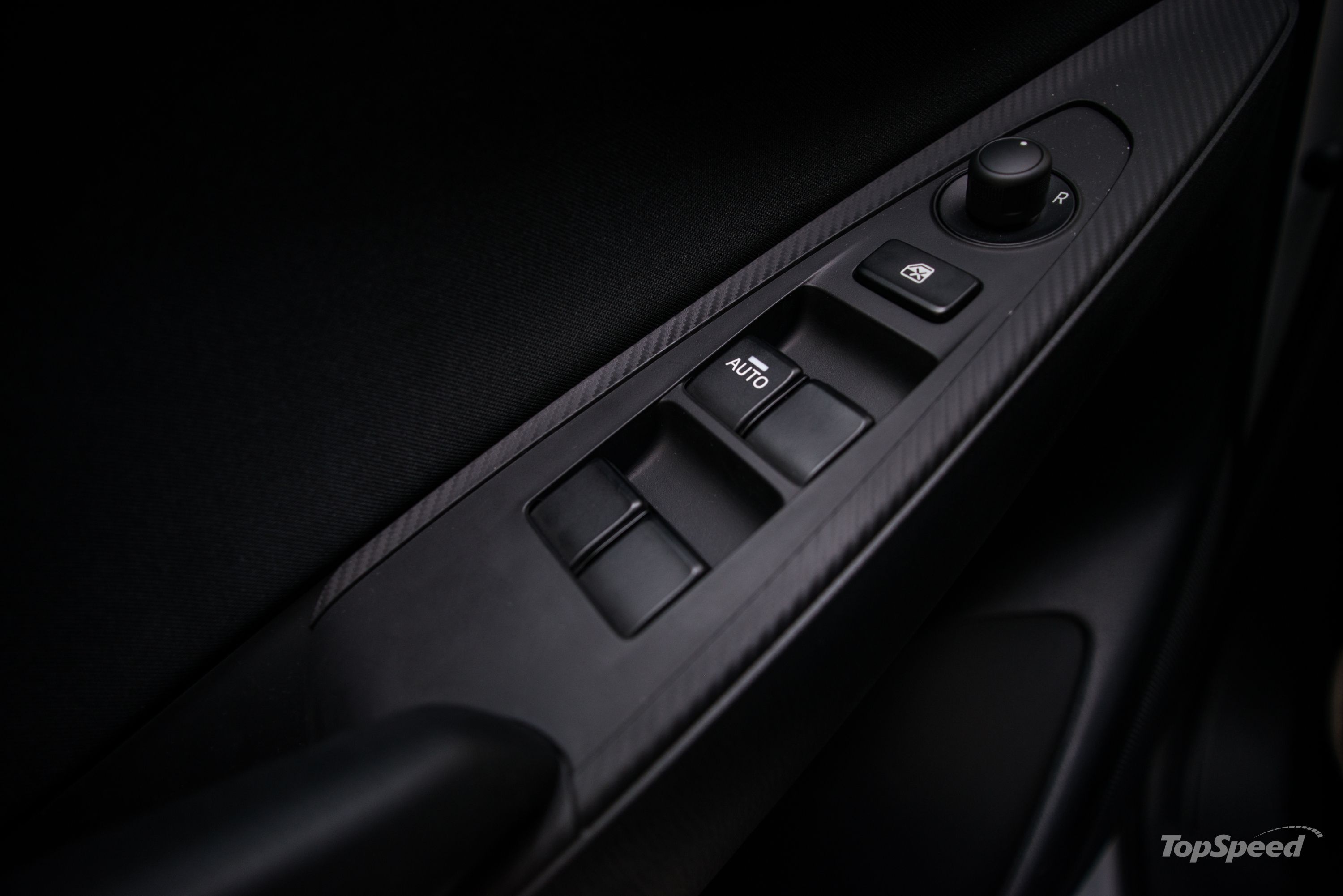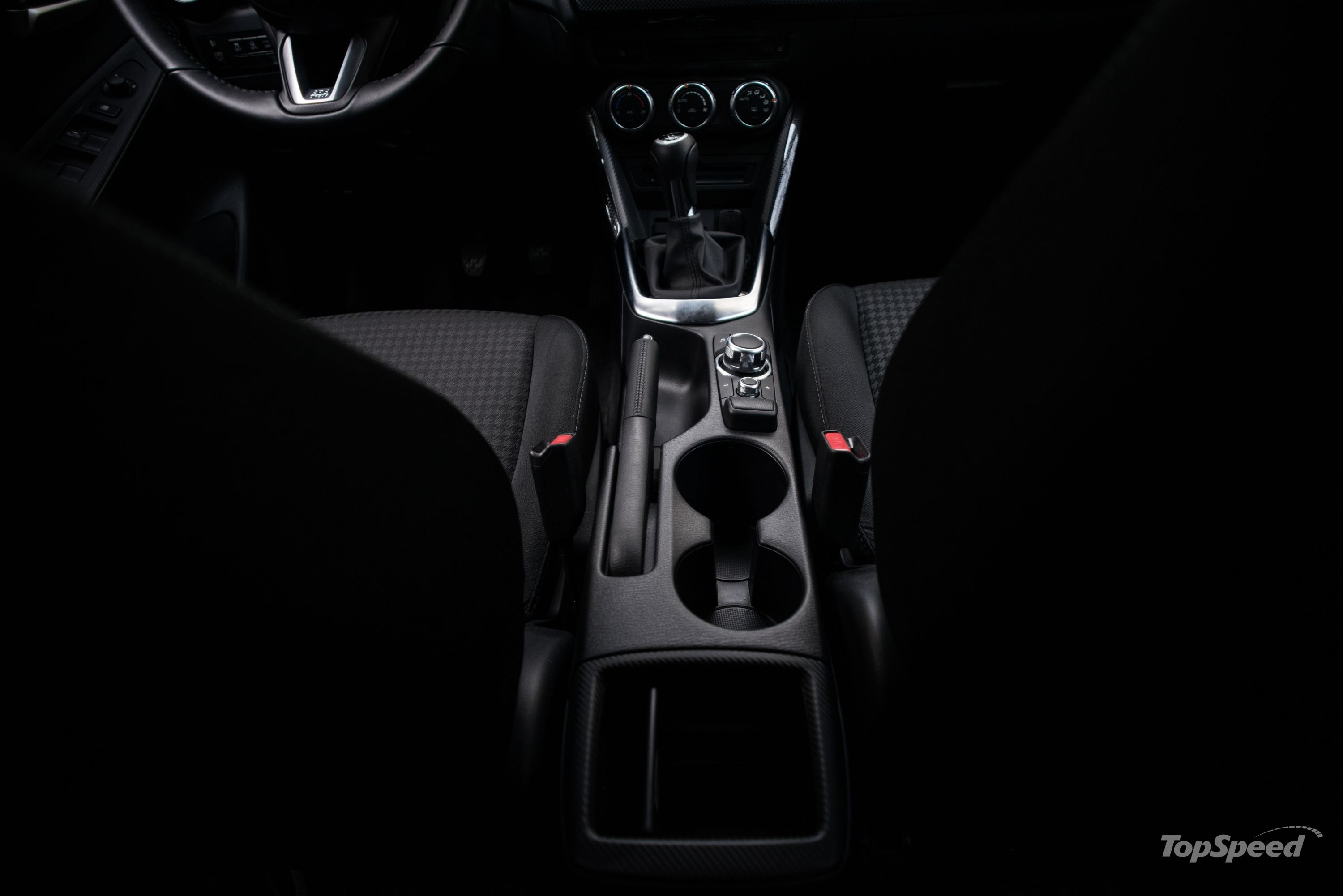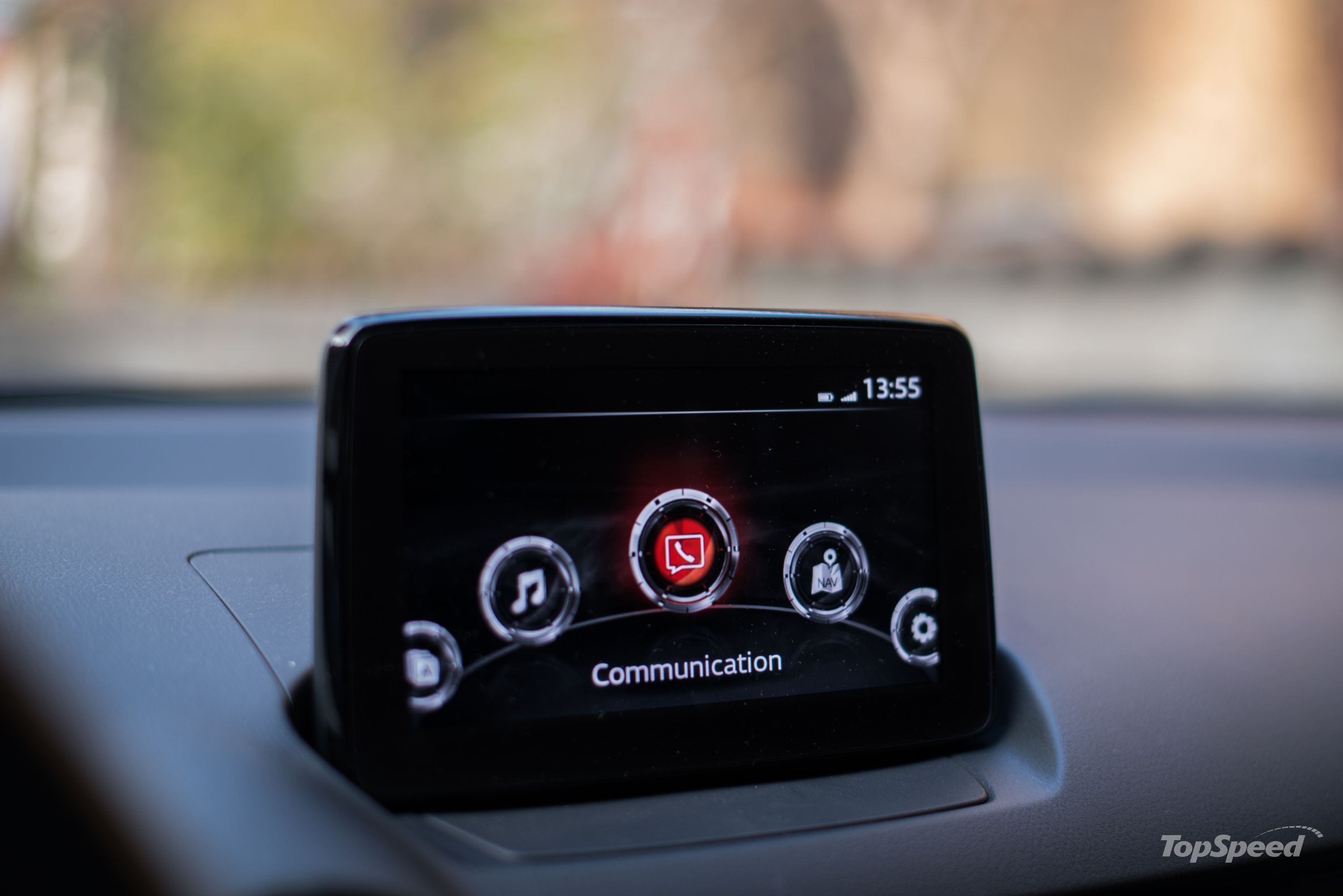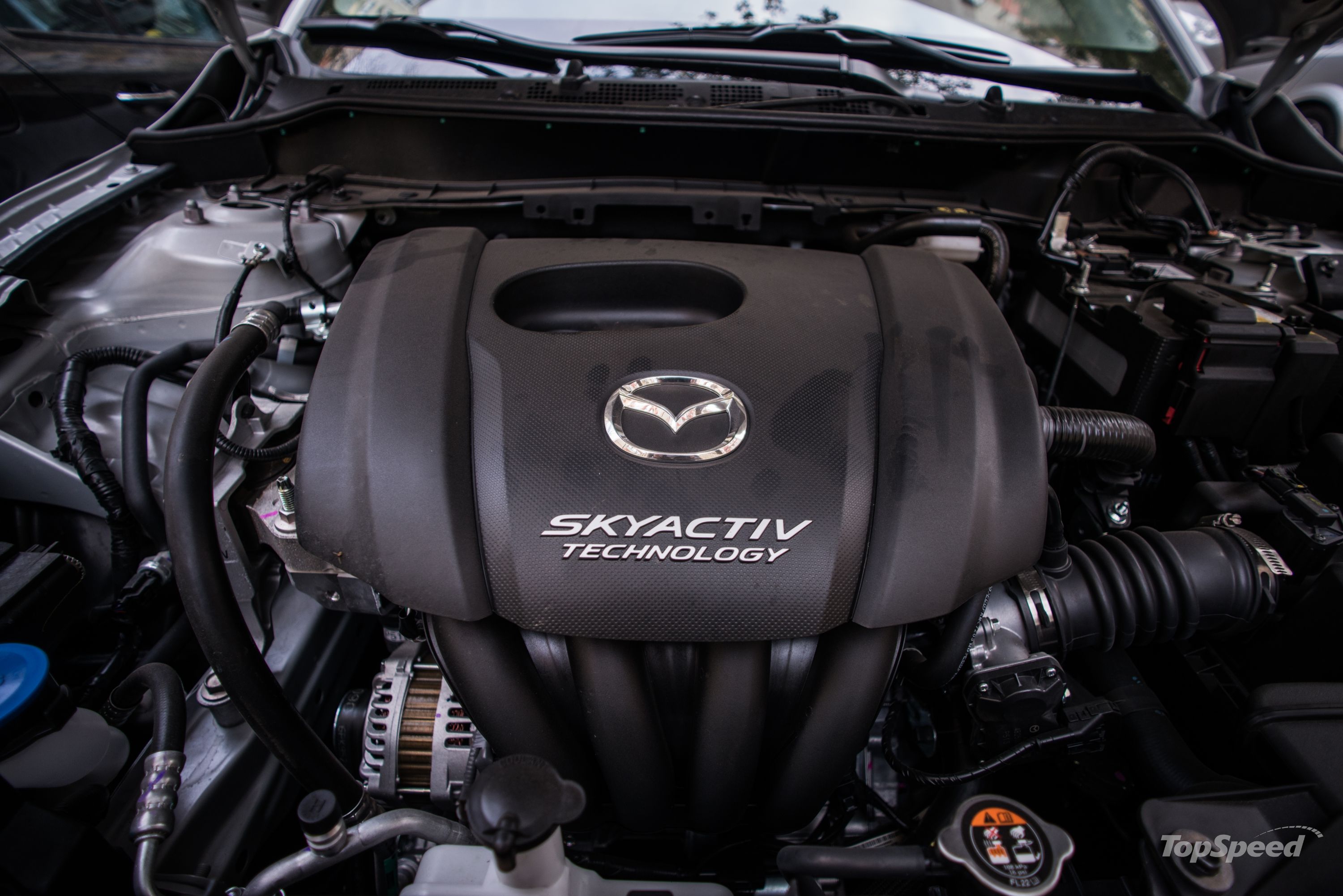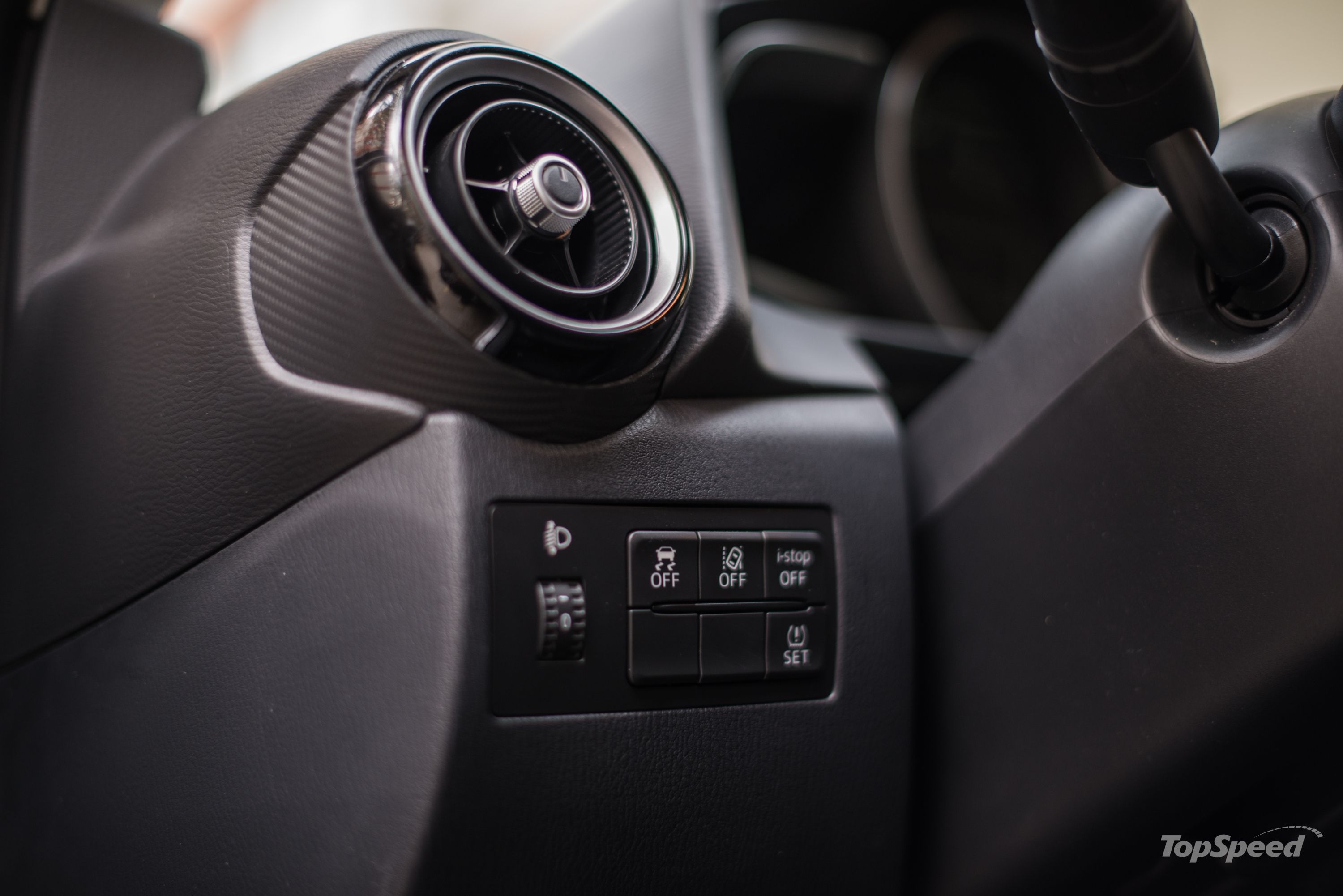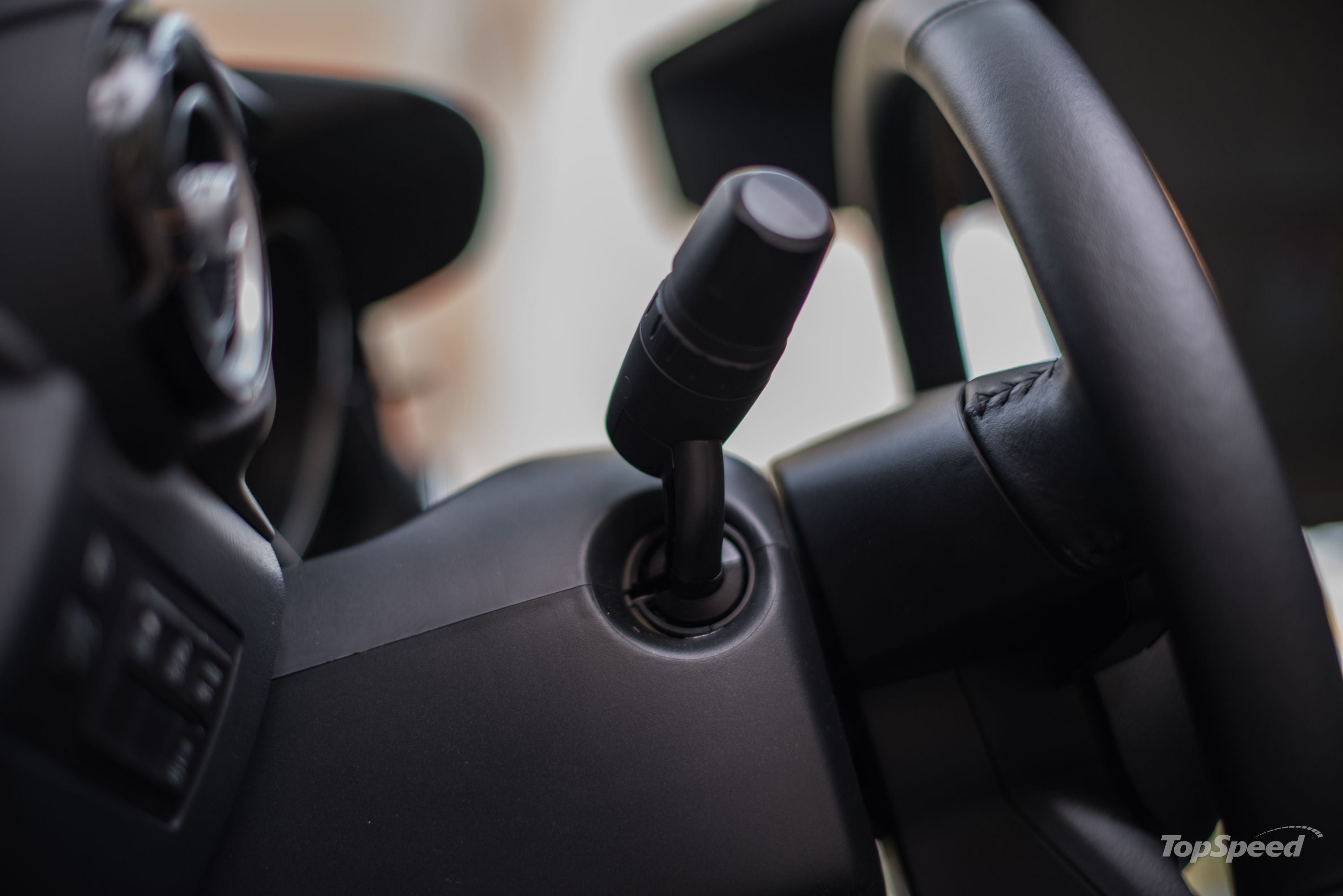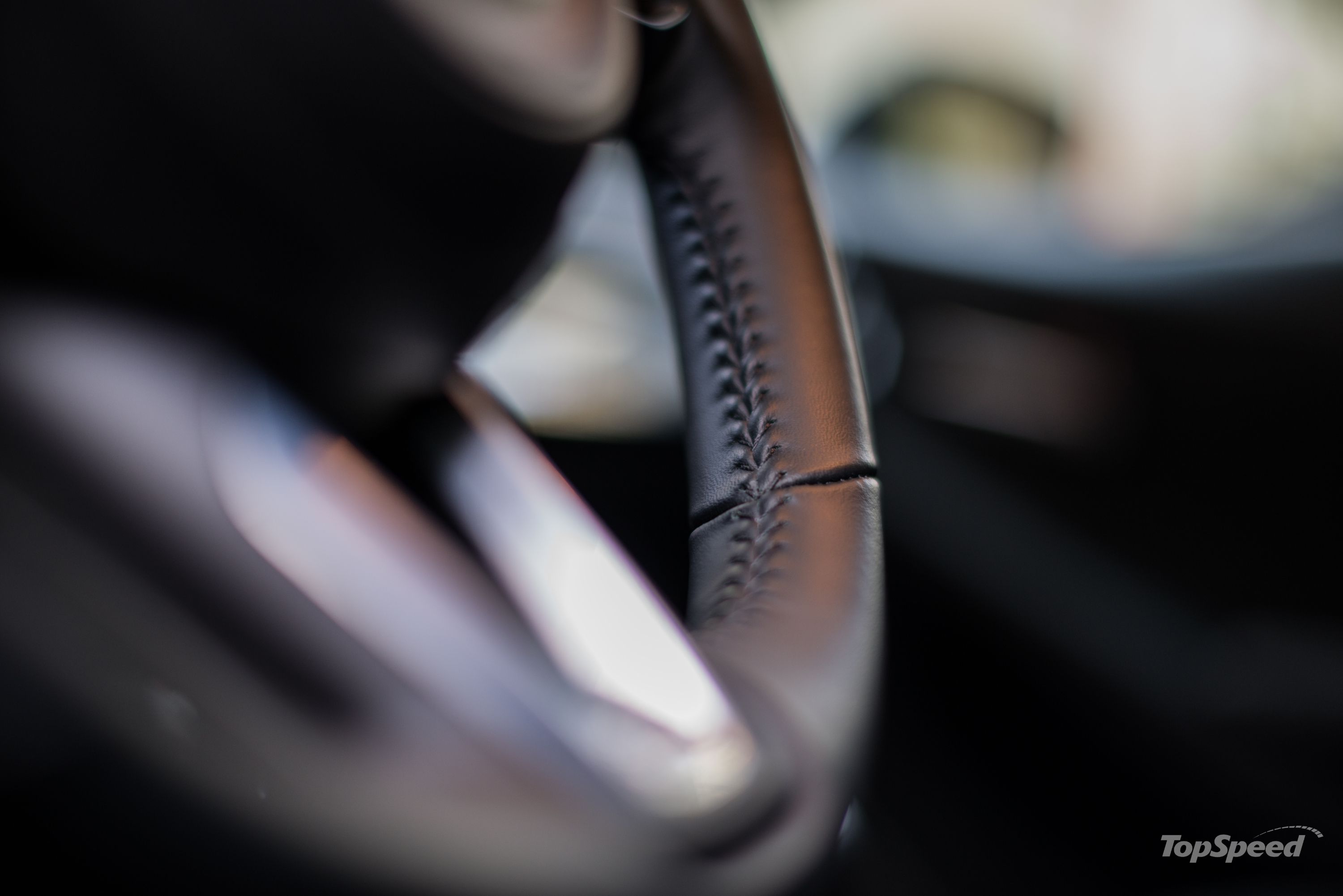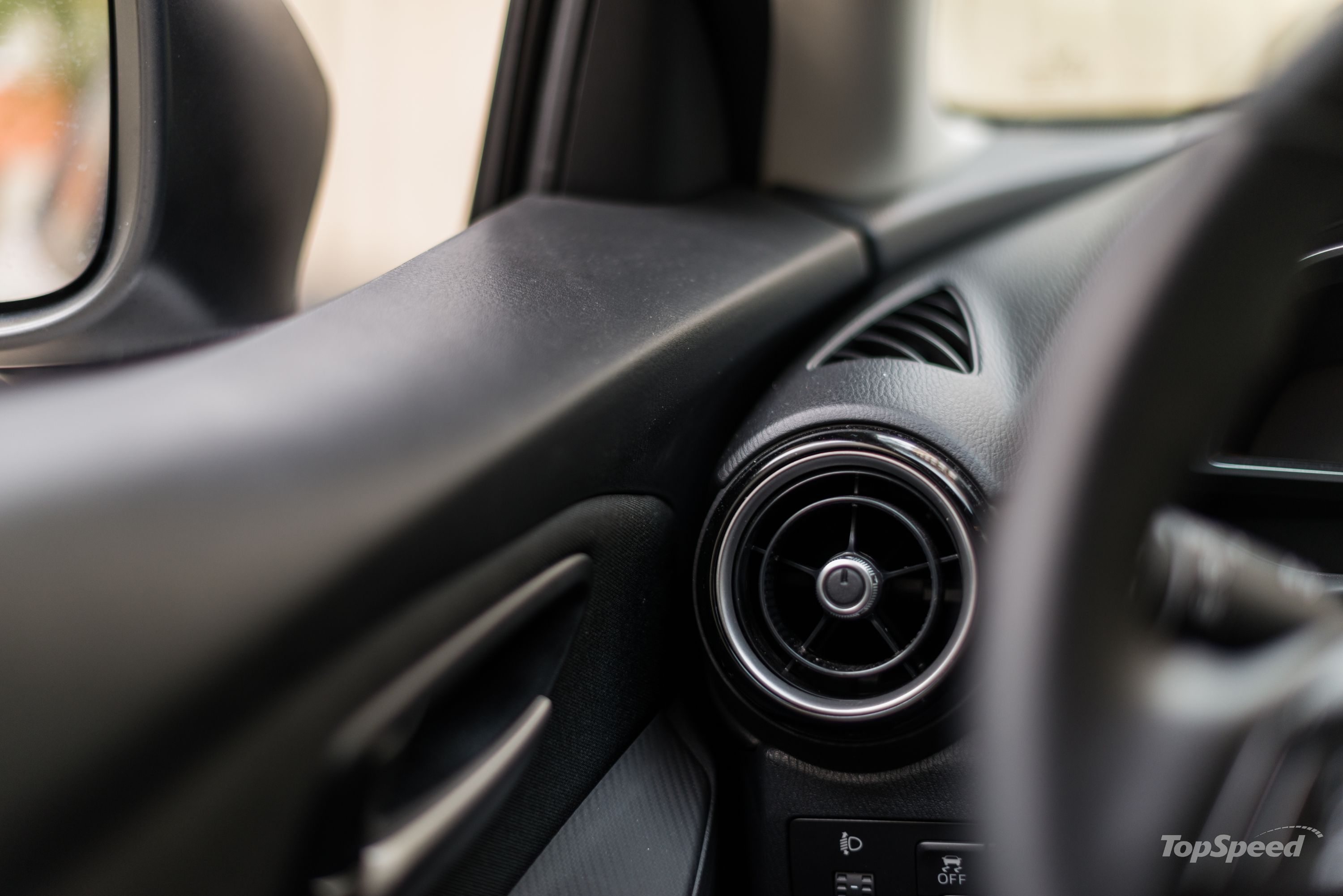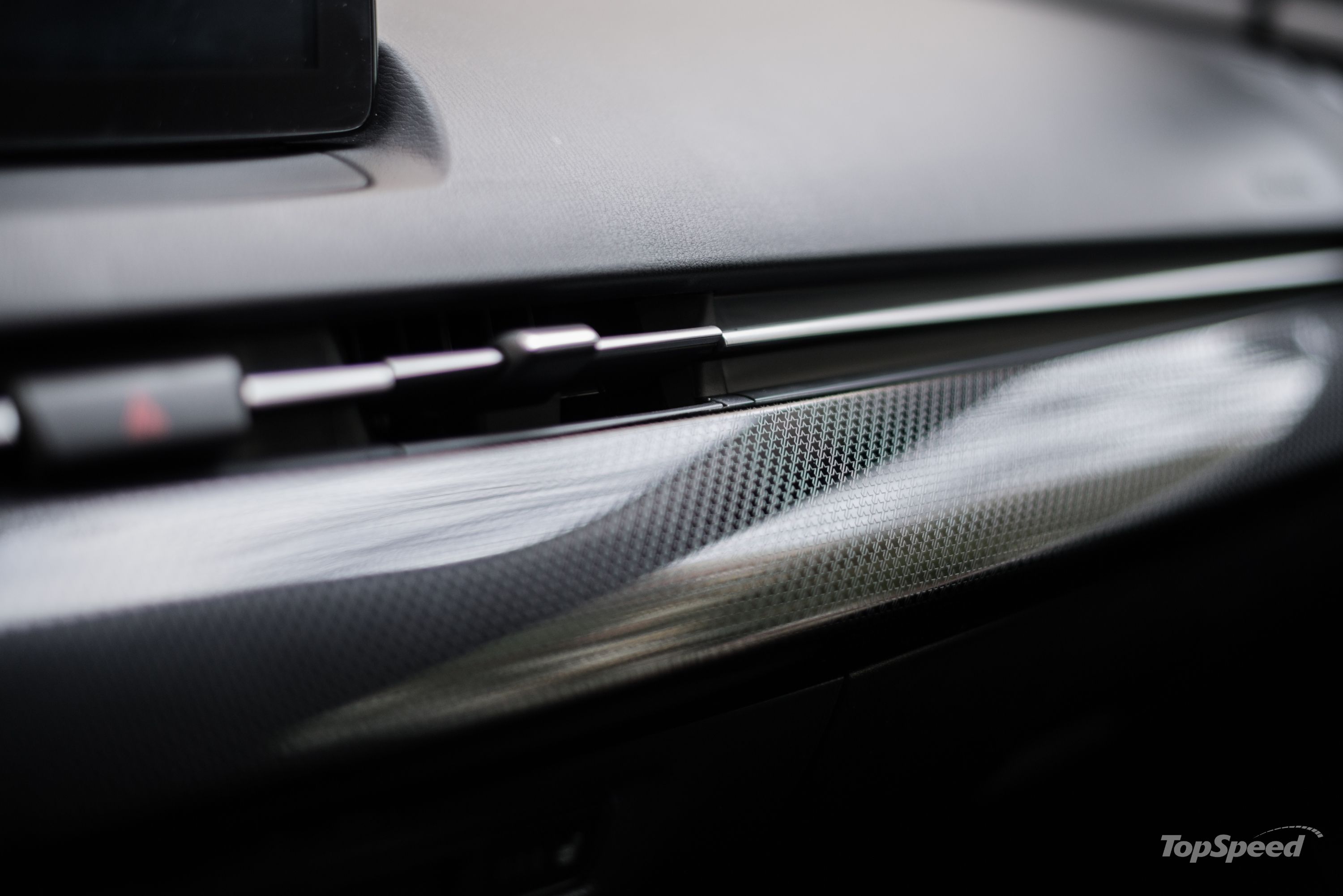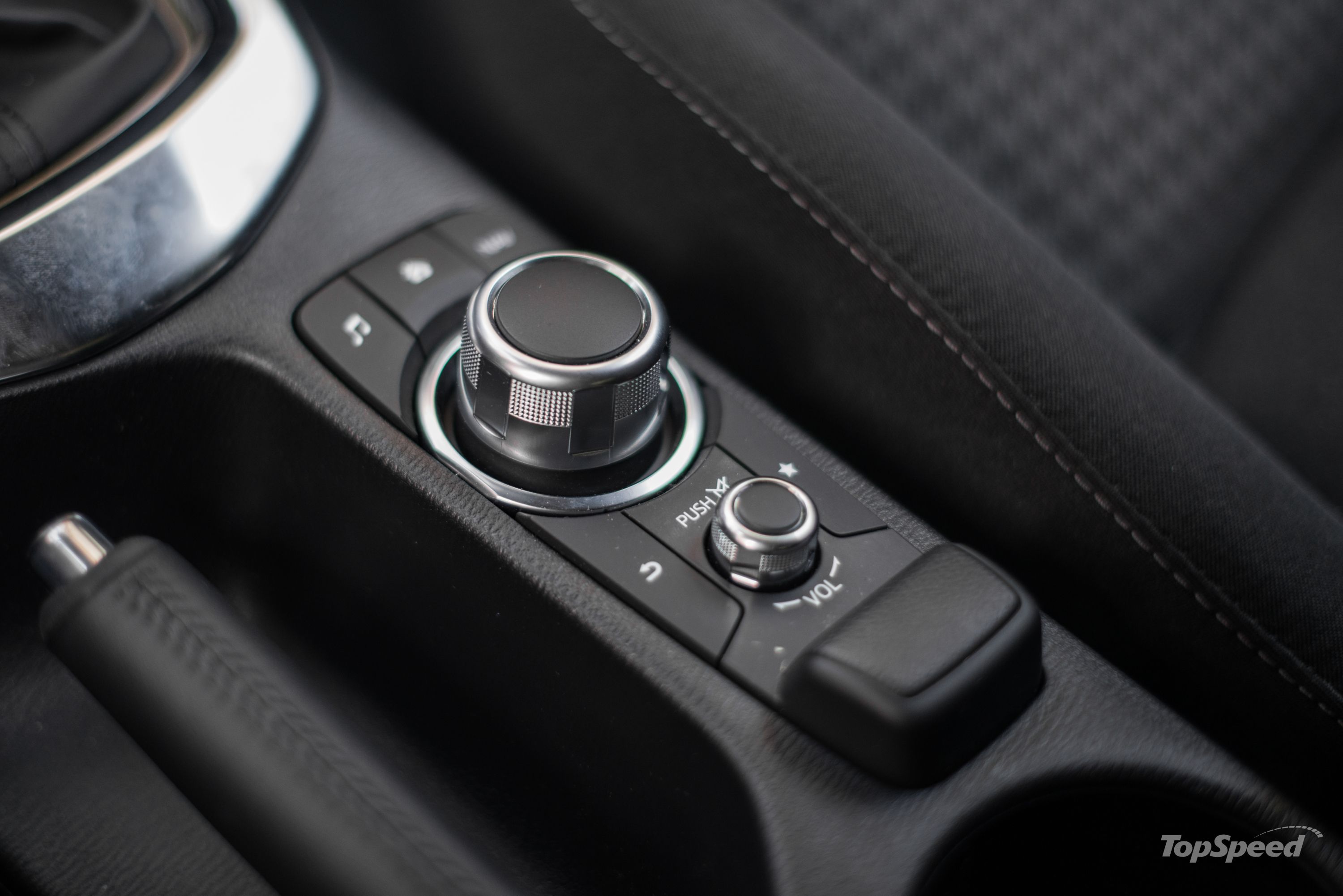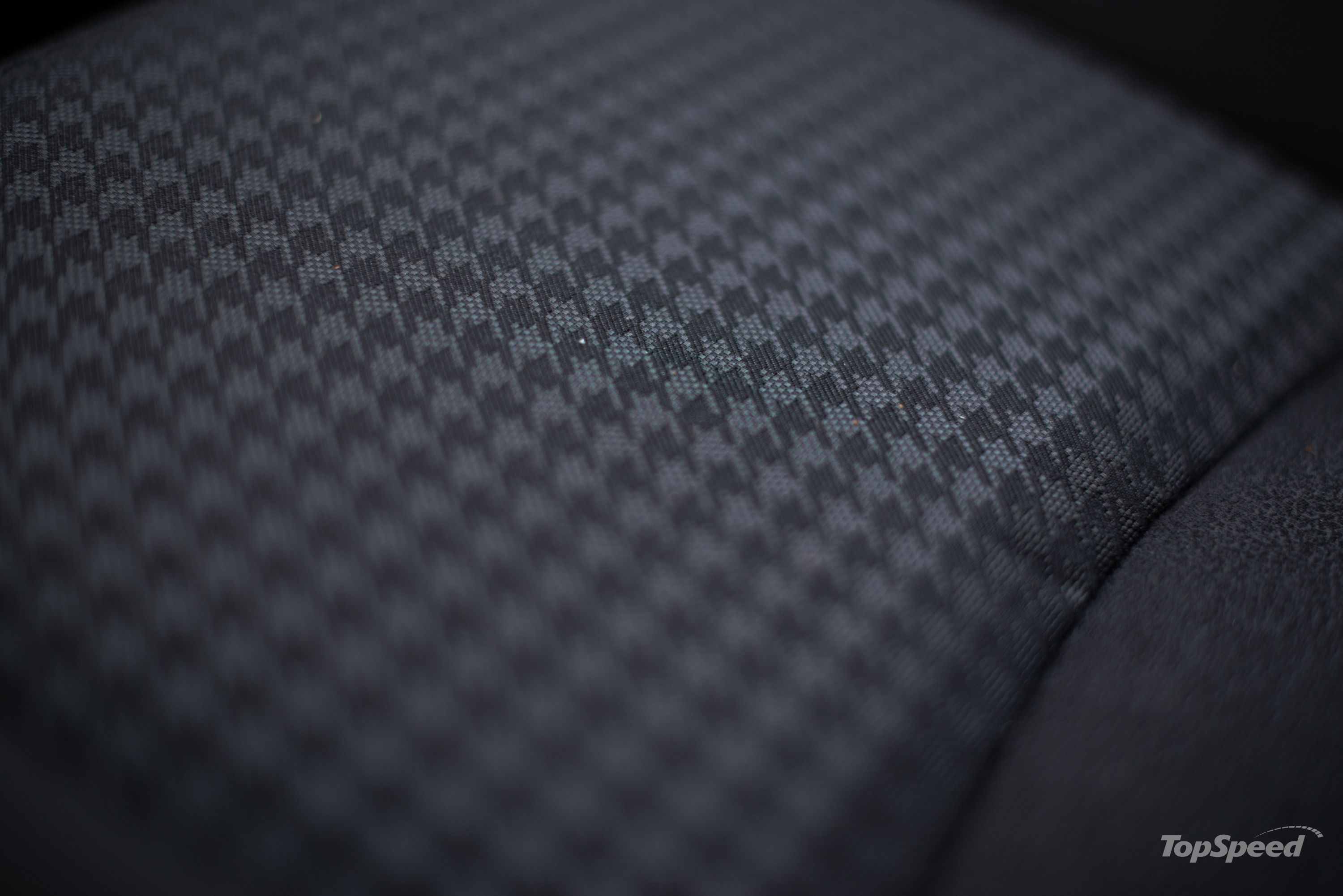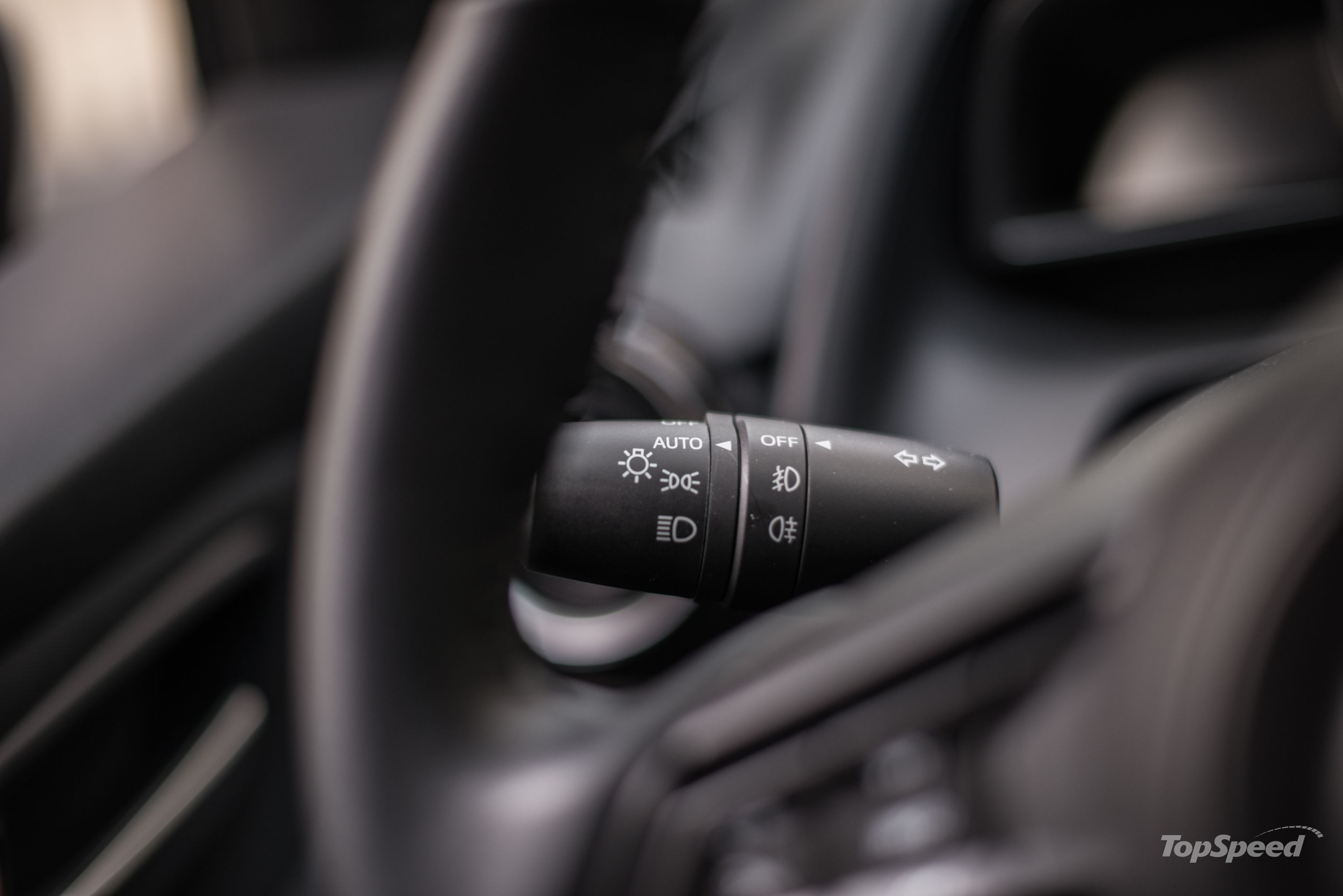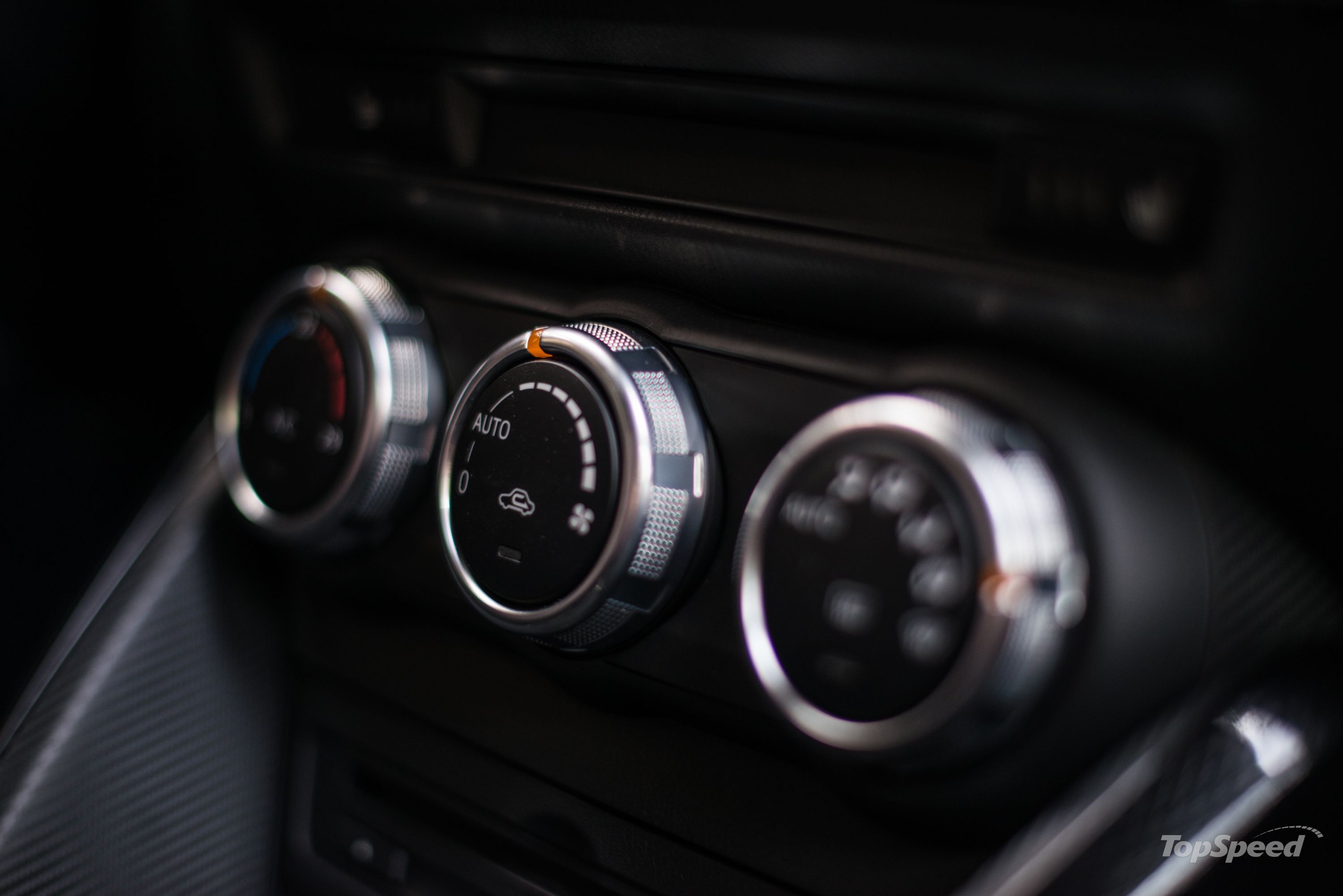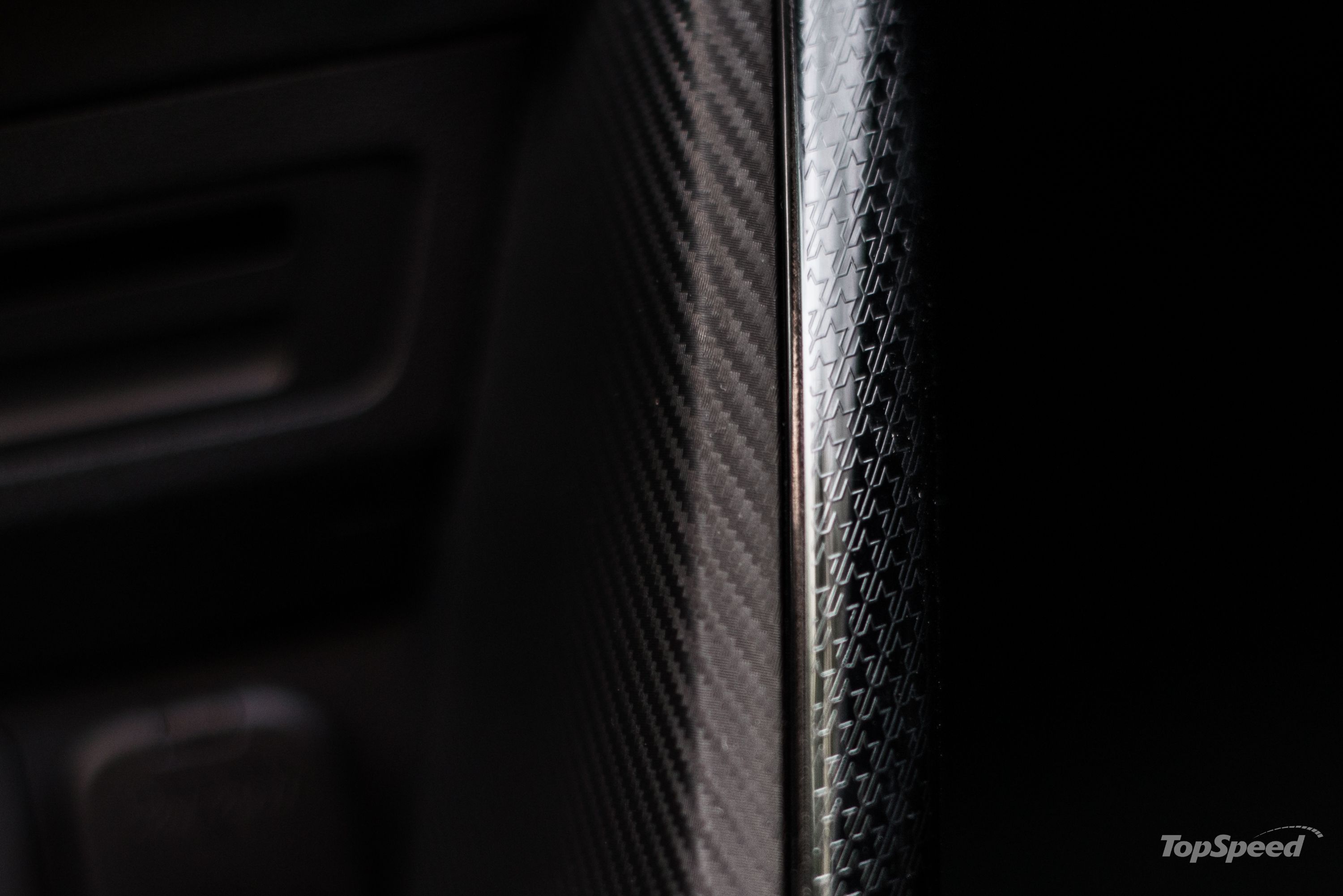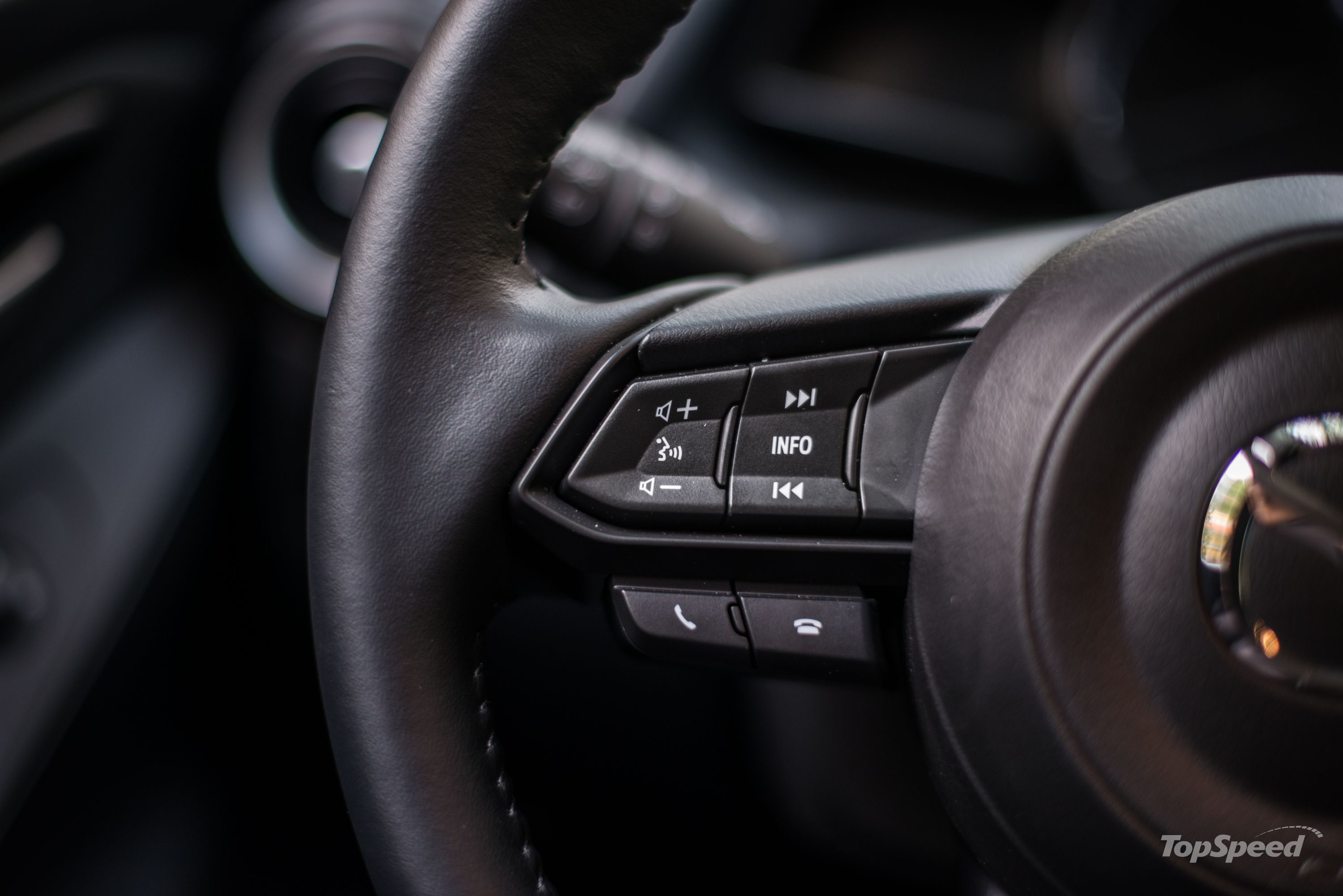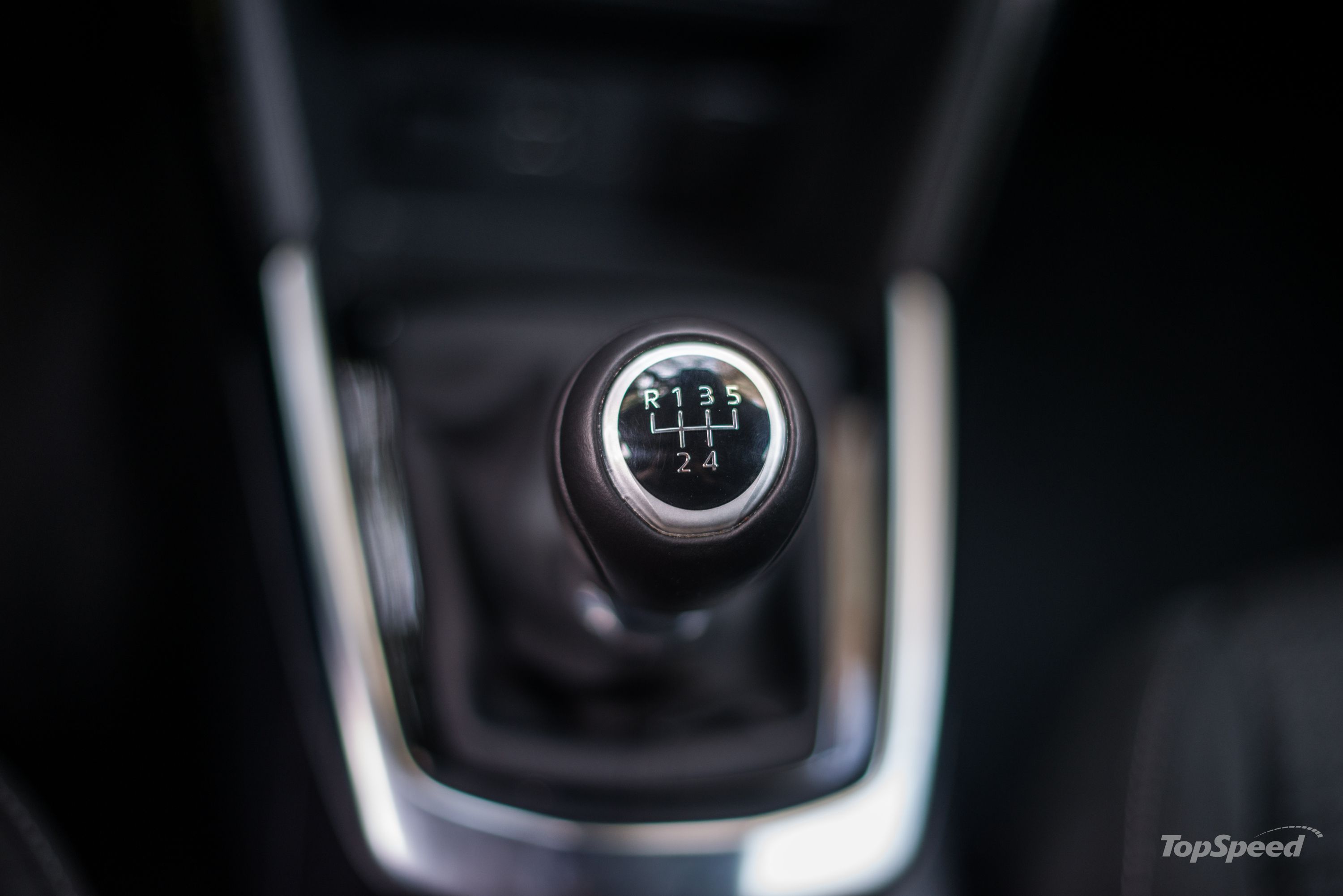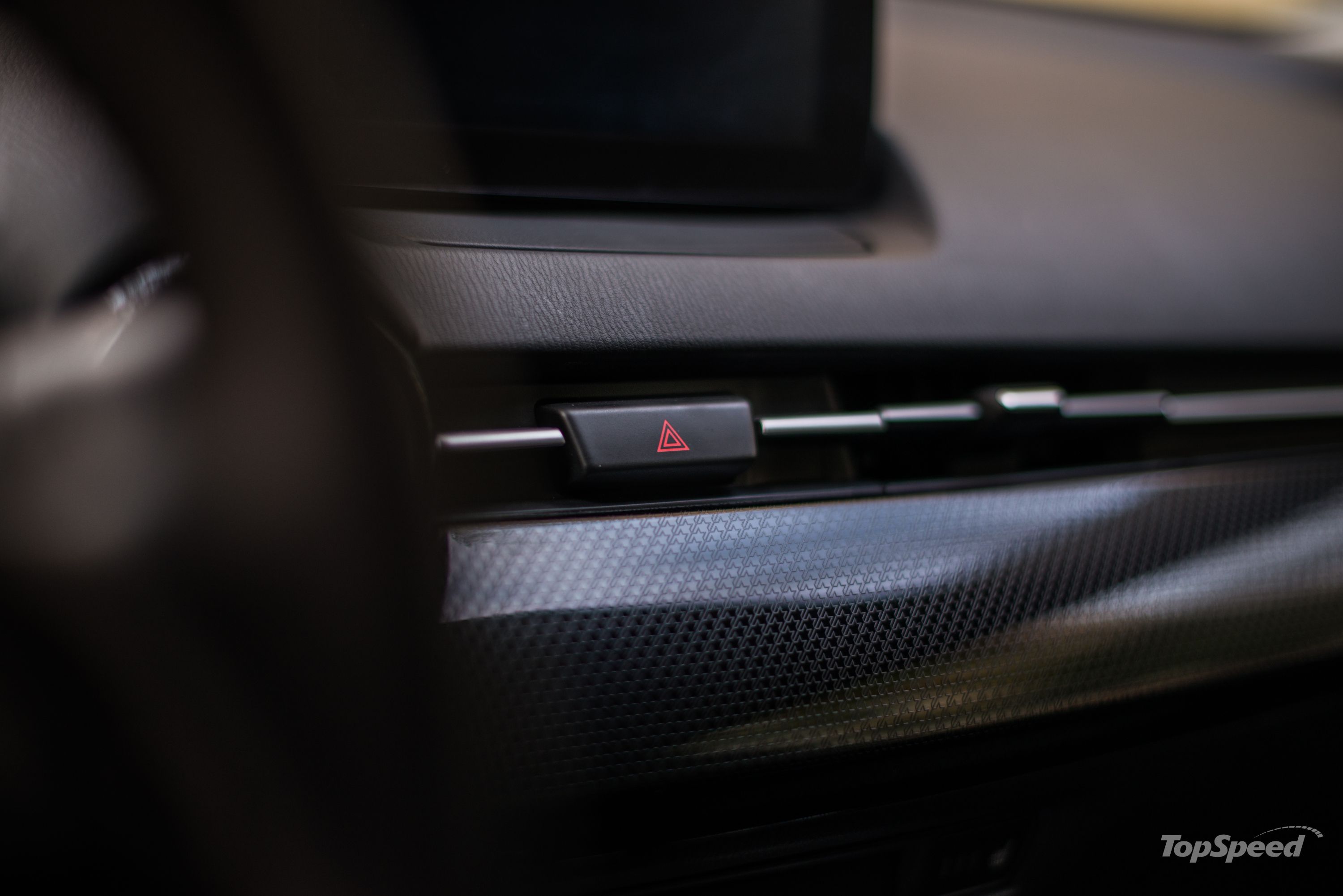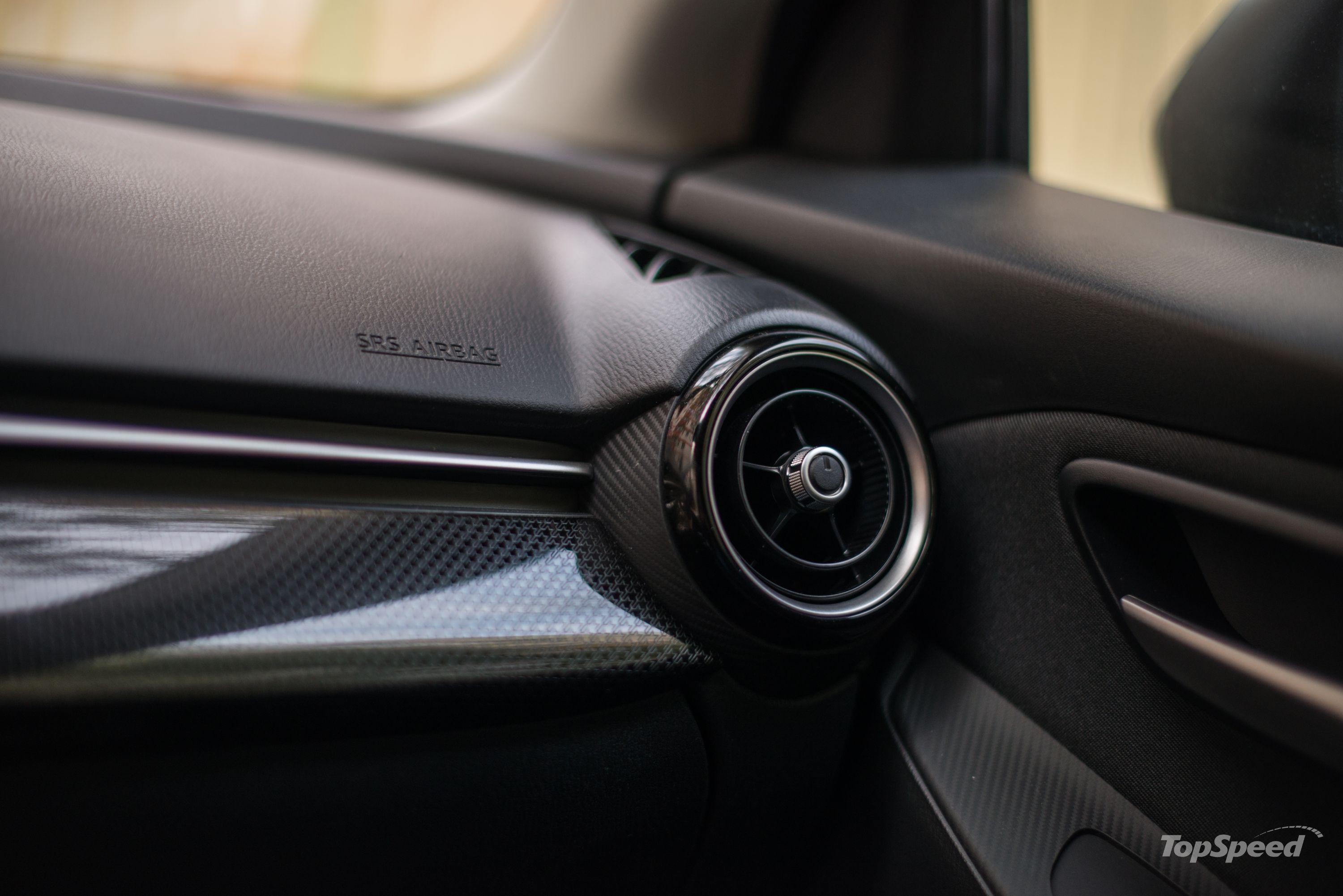If cars were judged based on how cute their face is, then the 2018 Mazda2 (also known as the Mazda Demio in its native market, Japan and some other markets) would be among the best cars in the world. However, it’s obviously not just about looks, since cars nowadays, even small city cars, need to be fully featured, well-rounded vehicles that you can even drive on the highway without it feeling daunting.
Thankfully, the pint-sized Mazda2 proved to be thoroughly competent in all those areas and more - it even surprised me on a few occasions. But returning to looks for a second, the Mazda2 is certainly one of the most daring vehicles in its class, only really matched for visual impact by the Peugeot 208 - in the trinket-laden Peugeot’s presence, the 2 can almost be described as sculptural.
Its interior is equally daring, and even if it can’t match the best in class for fit and finish quality, it’s still pleasant to spend time in it. But what many owners and possible future buyers of the Mazda2 may not know (and never find out if they drive slowly and sedately) is the fact that the little 2 is a hoot to throw around - it has fun but predictable handling, and it really puts a smile on the spirited driver’s face much more so than most rivals.
If you live in North America, you can actually buy a sedan version of the Mazda2, however, it wears a Toyota badge and is called the Toyota Yaris sedan; previously it was known as the Scion iA.
2018 Mazda2 (Mazda Demio) - Driven
- Make: Array
- Model: 2018 Mazda2 (Mazda Demio) - Driven
- [do not use] Vehicle Model: Array
Exterior
It borrows the sculpted flanks and flowing shapes of its larger brethren, features the same prominent grille, and it really looks like nothing else on the road - not even other Mazdas. My Takumi trim level tester came finished in what Mazda calls “Ceramic White” (a light shade of non-metallic grey), and it rode on black-painted 16-inch rims. This combination really made it pop.
If there’s anything I’d criticize about the front end design, it’s the fact that I didn’t like the old fashioned look of the headlights. I’m not talking about their shape, but the inner design of the cluster which, frankly, looks worse than that of the cheapo Dacia Sandero. There are no LED daytime running lights, and for me, it just brings the entire look of the front end down - the LED headlights you get on the top of the range model completely transform the front end look of the vehicle, and if you can afford to pay for them, they are well worth the money.
The rear is more toned down compared to the front, but those with an eye for details will notice that the shape of the rear lights is very similar to that of the front lights - it’s all very flowing and cohesive and, the more you look at it, the more you understand what the designers were trying to achieve with it.
Interior
Hop aboard the Mazda2, and you will see the cohesive design carry over inside - the dashboard, the door panels, and most details are designed with similar shapes to those outside. My Takumi trim tester had a long piece of textured plastic running all across the width of the dash and, while it wasn’t immediately striking, I did notice it while driving around, but it never felt excessive.
Materials aren’t especially good, though, and this is where a VW Polo or new Ford Fiesta will really outshine the Mazda2 - perceived quality is not its strong point, but there’s nothing excessively bad about the build quality. Sure, the plastic console from in between the front seats which houses the infotainment controls has a bit too much movement in it, but then again it has a nice palm rest in order to minimize wrist strain while using it.
My tester didn’t have a center armrest, but there is some storage in there, as well as cupholders.
The seats felt surprisingly comfortable for a car this size, and I really appreciated the reach- and rake-adjustable steering wheel. I was able to very quickly find my ideal driving position, and it actually feels kind of sporty.
The thick, leather-wrapped steering wheel and the short throws to the gear level certainly helped up the sportiness. There’s also decent lateral support from the front seats during cornering, and while they couldn’t be described as sports seats, they are certainly adequate even for sportier driving.
Speed is displayed on a big analog gauge placed right in the middle of the instrument cluster, and it is flanked by two screens: the one on the left is a digital tachometer, and the one on the right shows trip computer, outside temperature and fuel.
No Android Auto or Apple Car Play functionality is offered yet, but these could be added as part of a more significant future overhaul of the model.
Drivetrain
The 1.5-liter, 90 metric horsepower four-cylinder that powered my tester feels quite lively and eager to build revs. It sounds pretty good too, and unlike many similar engines, it doesn’t really feel strained at high rpms. It obviously lacks the punch of its turbocharged rivals, but they can’t match it for responsiveness and just the joy of revving it out - Mazda also makes a 115 metric horsepower version of this engine, and I have a suspicion that it turns the Mazda2 into a bit of a sleeper.
Acceleration does wane considerably as speed builds, and it would probably have felt more elastic if it was hooked up to a six-speed manual gearbox and not the five-speed it comes with - the six-speed is only available for the 115 horsepower engine. The automatic that you can get with the 90-horsepower engine does have six speeds, though, but it seriously dents the car’s performance, dropping its sprint time to 100 km/h to a lousy 12.0 seconds.
The gearbox is also worth a mention because its gears are spaced extremely wide. It’s a five-speed box but when in fifth, revs drop lower than even on some six-speed gearboxes - at 100 km/h or 62 mph you’re turning just over 2,000 rpm, which is similar to the gearing used for many smaller capacity diesel engines.
Mazda claims the 2, in this spec, uses 4.5 l/100 km (52.2 mpg US) and you can probably achieve around 5 l/100km if you drive it really gently and mostly out of town. But during my test drive, when I drove it almost exclusively in town, and with a fairly heavy right foot, it averaged just under 7 l/100km - still very reasonable for a car this size that’s this nippy and quick.
If you can afford to spend more on a Mazda2, you’re probably going to be even happier if you opt for the more powerful engine that also comes with a closer ratio, six-speed gearbox. It drops the car’s sprint time to 8.7 seconds, increases top speed to 200 km/h or 124 mph, and only marginally affects the claimed average economy which is 4.9 l/100km or 48 mpg US.
The car is surprisingly good for cruising on the highway too, thanks to its ridiculously long fifth gear which results in the engine turning at very low speeds. Even at the local legal limit of 130 km/h or 81 mph - the engine is almost turning 3,000 rpm, which is very low and quite unusual for a vehicle in this class. It’s also surprisingly refined at speed, with the main source of noise being tire roar - something that is probably more audible inside than in many of its rivals.
It really screams out for a more hardcore, dedicated performance version, but one that - sadly - Mazda doesn’t seem interested in making, despite the fact that most of the Mazda2’s rivals do have a hot model with around 200 horsepower - even a warm version of the 2 would be welcome and popular.
Pricing
My mid-range Takumi trim tester costs just under €16,000, and for that, you get the seven-inch infotainment screen inside, part-digital gauge cluster, a reversing camera, lane departure warning, front collision mitigation tech, a leather-wrapped steering wheel, and 16-inch black-painted alloy wheels to name but a few features.
If you opt for the top of the range Revolution Top model, with the most powerful engine, the price will increase to almost €19,000. For that you get full leather seats, keyless entry, a head-up display, self-dipping high beams, LED headlights, power-retractable mirrors, a heated steering wheel, as well as Mazda’s i-eloop energy recovery system.
Competition
Ford Fiesta
Ford launched an all-new Fiesta this year, a model that shot straight to the top of the class. It has an upmarket feeling interior, fresh and quite sporty styling (especially if you opt for the ST line model), and a range of excellent (mostly) turbocharged engines. It also handles really well too, but it’s about on par with the Mazda2 in this respect.
Its interior materials are better, though, and the overall ambiance when you’re inside the new Fiesta is superior to that of the Mazda2 - the Fiesta is not a premium car, but one mid-to-high spec model like my Mazda2 tester will look and feel more expensive inside. And you can make it more expensive than a Mazda2, as a top of the range, Vignale diesel Fiesta will cost from €21,400, while the top of the range hot Fiesta ST3 from €24,050.
Read our full review on the 2018 Ford Fiesta
VW Polo
No car in its class can compete with the VW Polo in terms of plush-feeling interiors - it may not be the prettiest in its class to look at from the outside, but once aboard you will be forgiven for thinking you’re actually inside the larger and more expensive Golf.
It drives pretty nicely too, with sharp steering and a lot of help from its engines, most of which are turbocharged and quite peppy. Like the Fiesta, it is available as a hot hatch, in this case, called Polo GTI, although there are plenty of models to choose from between it and the bottom of the range. VW wants around €17,000 for a very well equipped Polo Highline with the 95 horsepower 1.0-liter turbo and seven-speed automatic gearbox; the 200 horsepower GTI starts from €21,100.
Read our full review on the 2018 Volkswagen Polo
Peugeot 208
The Peugeot 208 has unmatched visual appeal in its class - it looks almost jewel-like from the outside (if specced well) and its interior is really Avantgarde by class standards. It’s also more affordable than some of its rivals, but then again it lacks the Mazda2 and Ford Fiesta’s handling prowess - it’s not bad to drive, but not quite up to their standard.
It makes great financial sense too, thanks to its range of very frugal engines and surprising space inside, as well as strong safety credentials. Where it loses out to its rivals again is resale values, an area where it cannot compete with the likes of the VW Polo or the Mazda2. Buying a mid-range Allure model with the 110 horsepower 1.2-liter turbo hooked up to a five-speed manual gearbox will set you back around €15,500. The hot 208 GTi starts at a hefty €23,160.
Read our full review on the 2018 Peugeot 208
Hyundai i20
The single most sensible buy in the segment has to be the Hyundai i20, a no frills, no nonsense car that tries to be what Euro superminis were before they got all trinkety and posh looking. The i20 is certainly handsome for what it is, but it is more low key compared to any rival, really, even the mechanically related Kia Rio.
Out on the road, the i20 is not bad to drive (it’s probably more fun on the twisties than a Peugeot 208) and it’s also quite efficient too. Its interior is very well screwed together, but in terms of materials quality, it’s closer to the bottom of the class. The most expensive i20, with a 100 horsepower 1.0-liter engine and seven-speed dual-clutch gearbox starts from €17,100.
Read our full review on the 2018 Hyundai i20
Conclusion
The Mazda2 has an undeniable appeal that stems from its unusual exterior styling - a feature that really sets it apart from all other competitors. It drives extremely well and from behind the wheel it feels quite similar to a Mini Cooper (although one that still used a naturally aspirated, not turbocharged engine). Its sharp handling dominates the experience, just like in the MINI, and it’s generally practical and spacious enough for daily chores.
It’s not as big in the rear as some rivals - the Hyundai i20 shames it in this respect - but four people can still travel fairly comfortably in it. Plus, once you’ve parked it, you may give it an extra glance as you’re walking away because it’s just such an in interesting shape that wants to be looked at.
Efficiency is surprisingly high for a vehicle with old-fashioned naturally aspirated engines, but this is a trick Mazda is pulling with all its models bar the turbocharged CX-9 - its models are about as efficient as rival offerings with smaller capacity turbocharged engines, and the Mazda2 is no exception.
Driving this mid-range Mazda2 really makes me wonder why Mazda doesn’t make a hot hatch version of it; heck, even a warm hatch would be welcome and would do its excellent chassis justice. It’s a shame that rival models from other manufacturers have hotter variants, but the Mazda2 (which is one of the best handling cars in its class) doesn’t. You could get one and use it as a project where you invest to improve its performance and turn it into a fun trackday runabout, but I doubt many will go down that road; they’ll just go straight into a showroom and buy an actual hot hatch, instead of making it on their own.
Mazda will realistically probably not give this model another overhaul before it’s taken out of production, but it should as it feels like there is still untapped potential in its formula. The Mazda2 is a great little car with plenty of character and genuine qualities, but you kind of buy it with your heart, not your head; I just really wish it had a hot hatch variant to really clinch the deal for me.
Photography by Andrei Nedelea
Further reading
Read our full review on the 2018 Mazda2.

